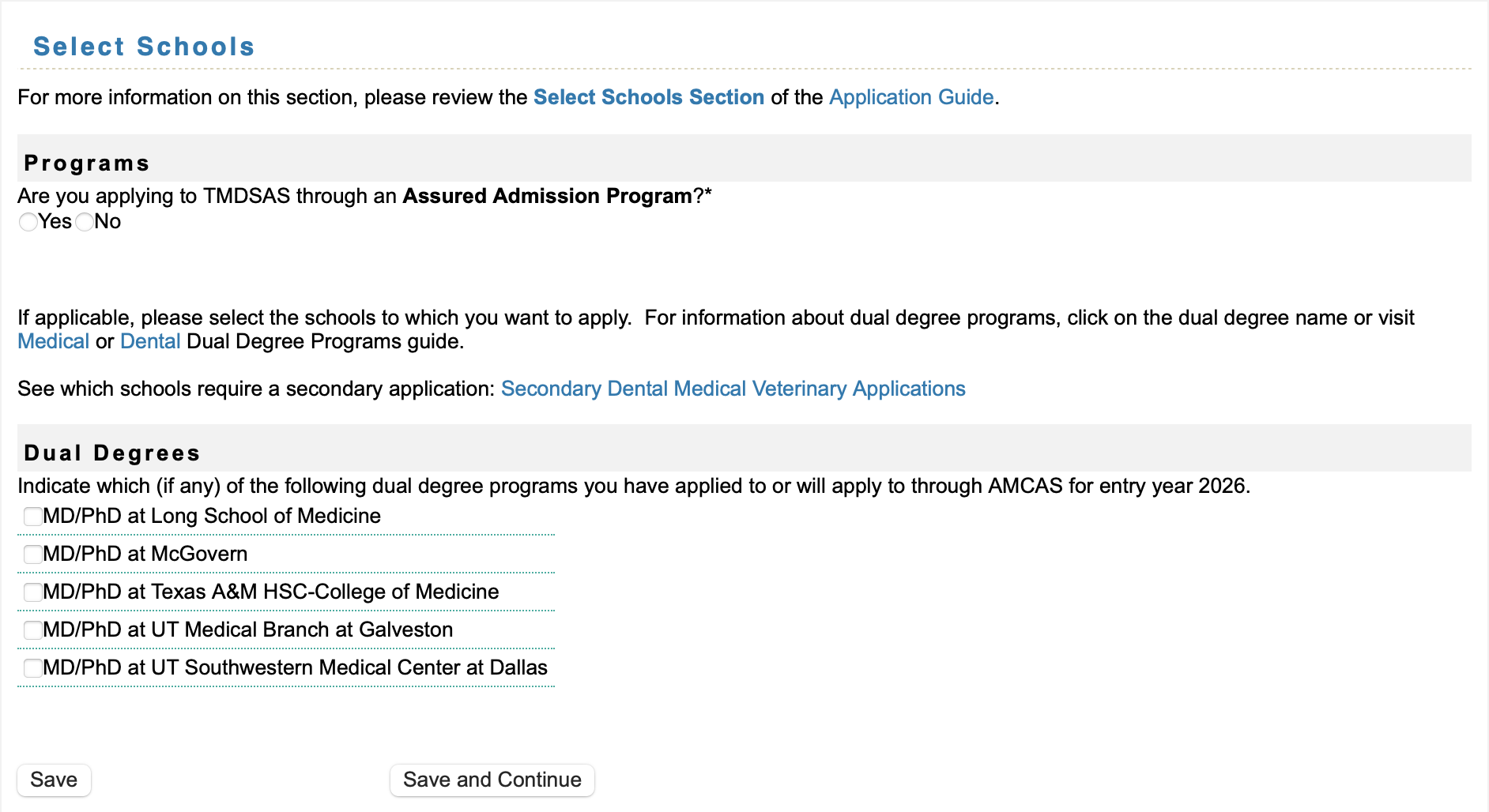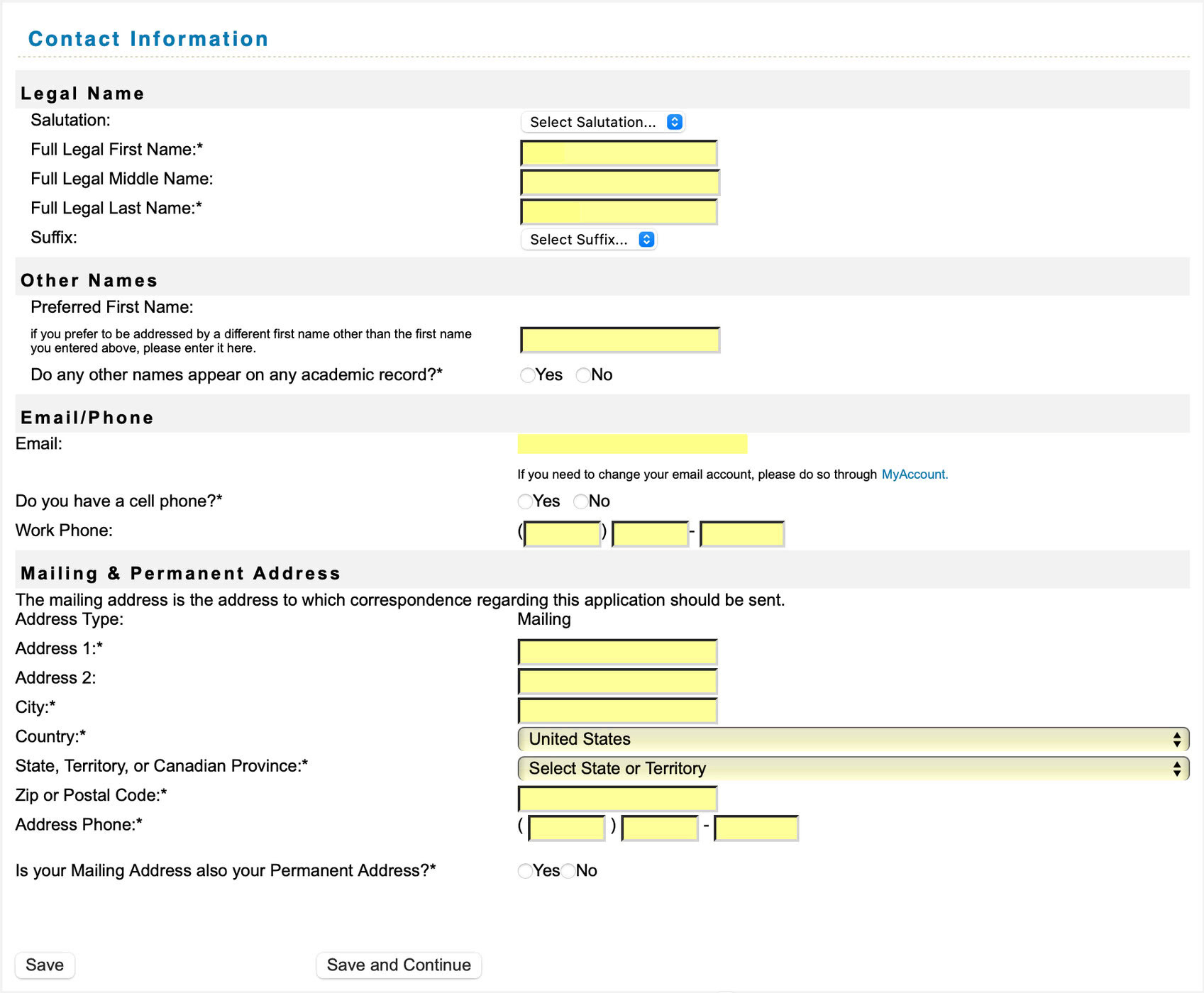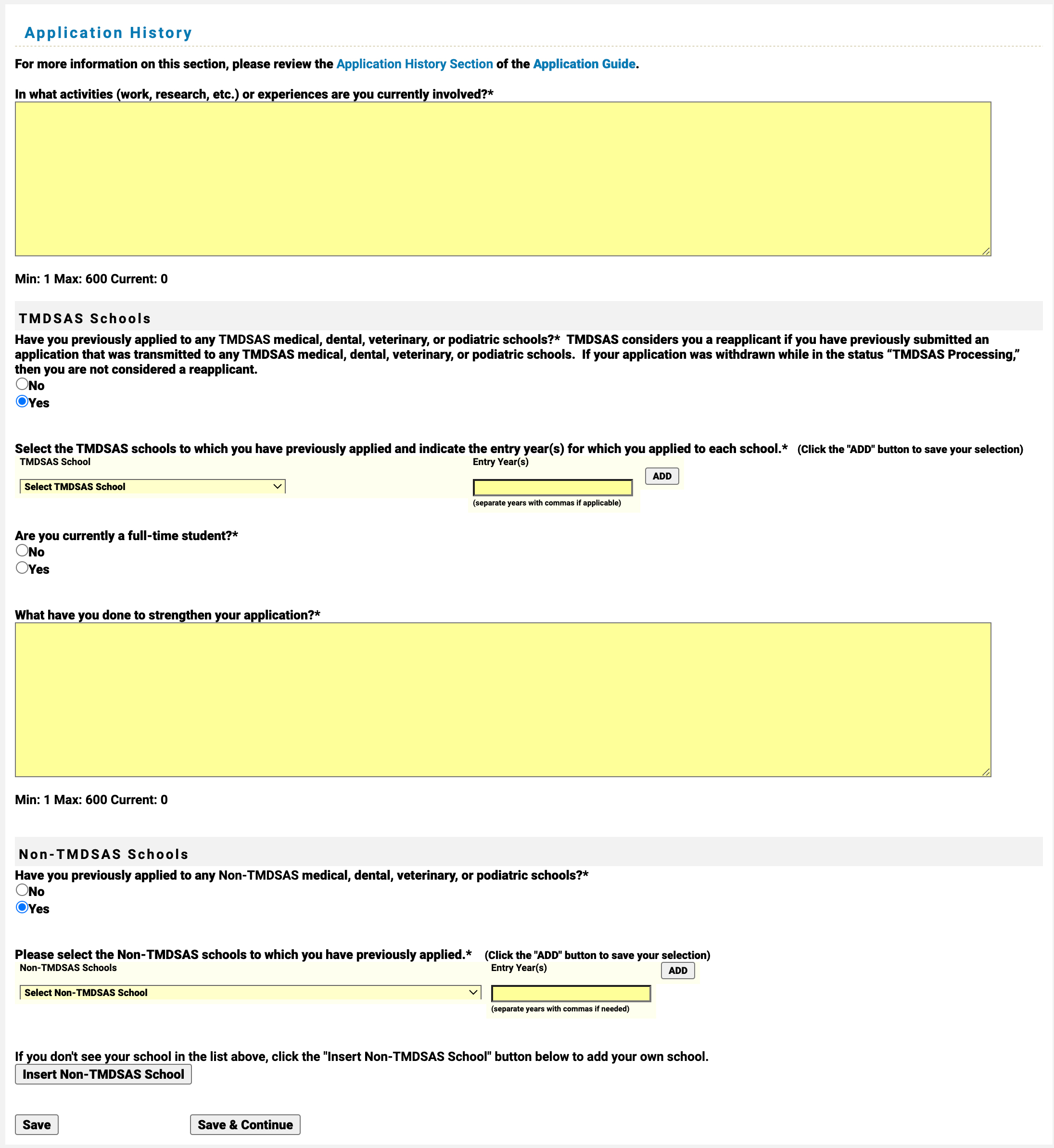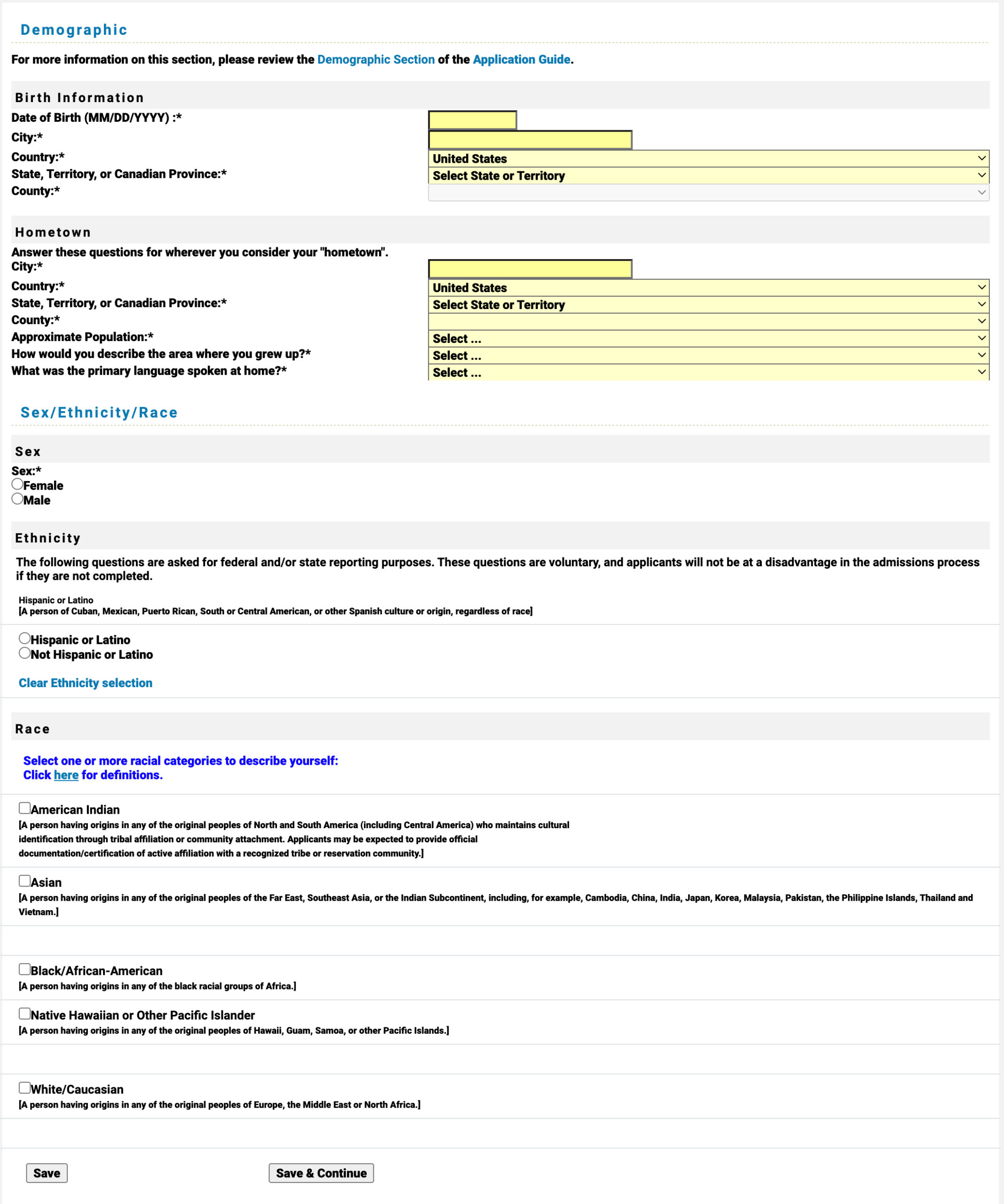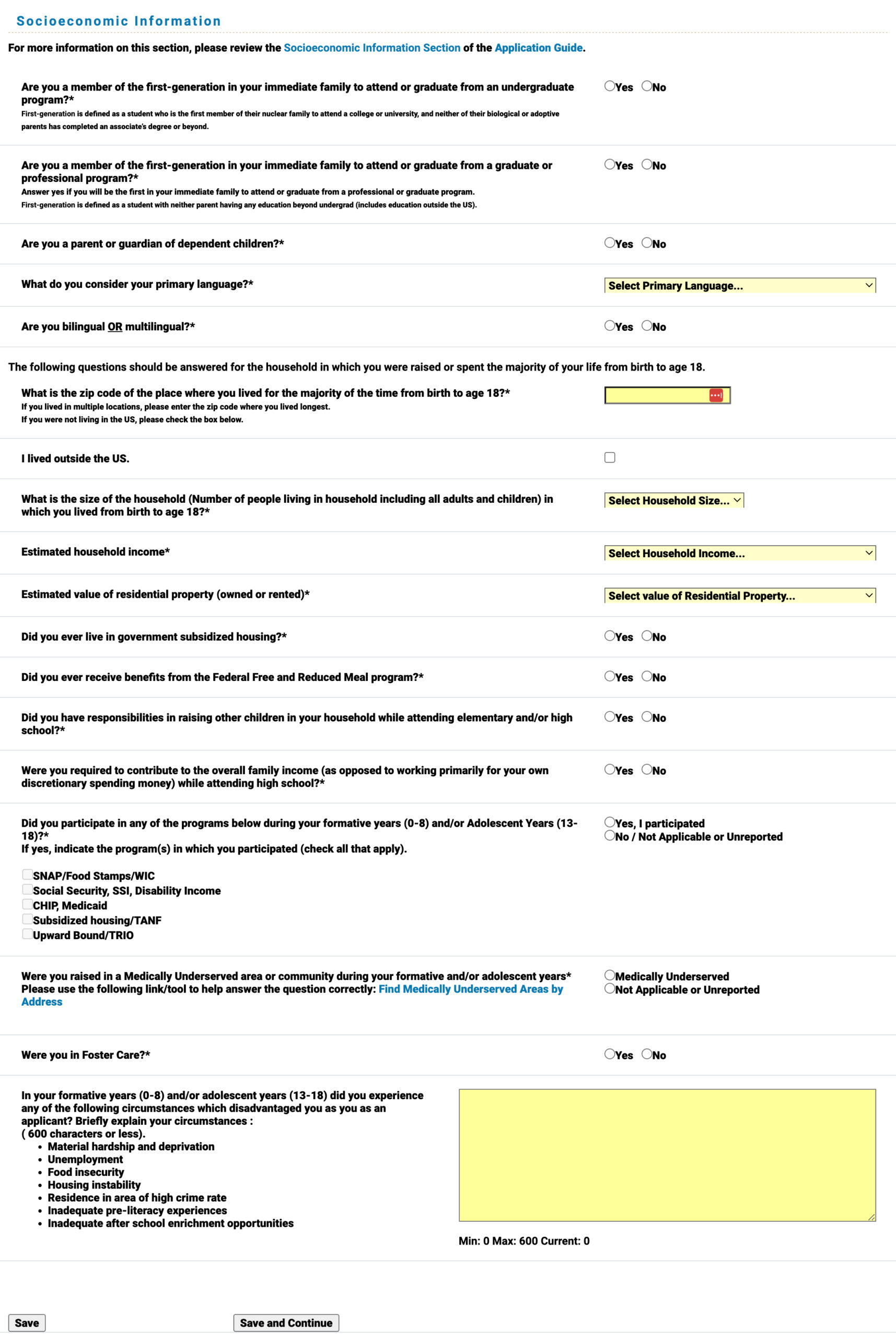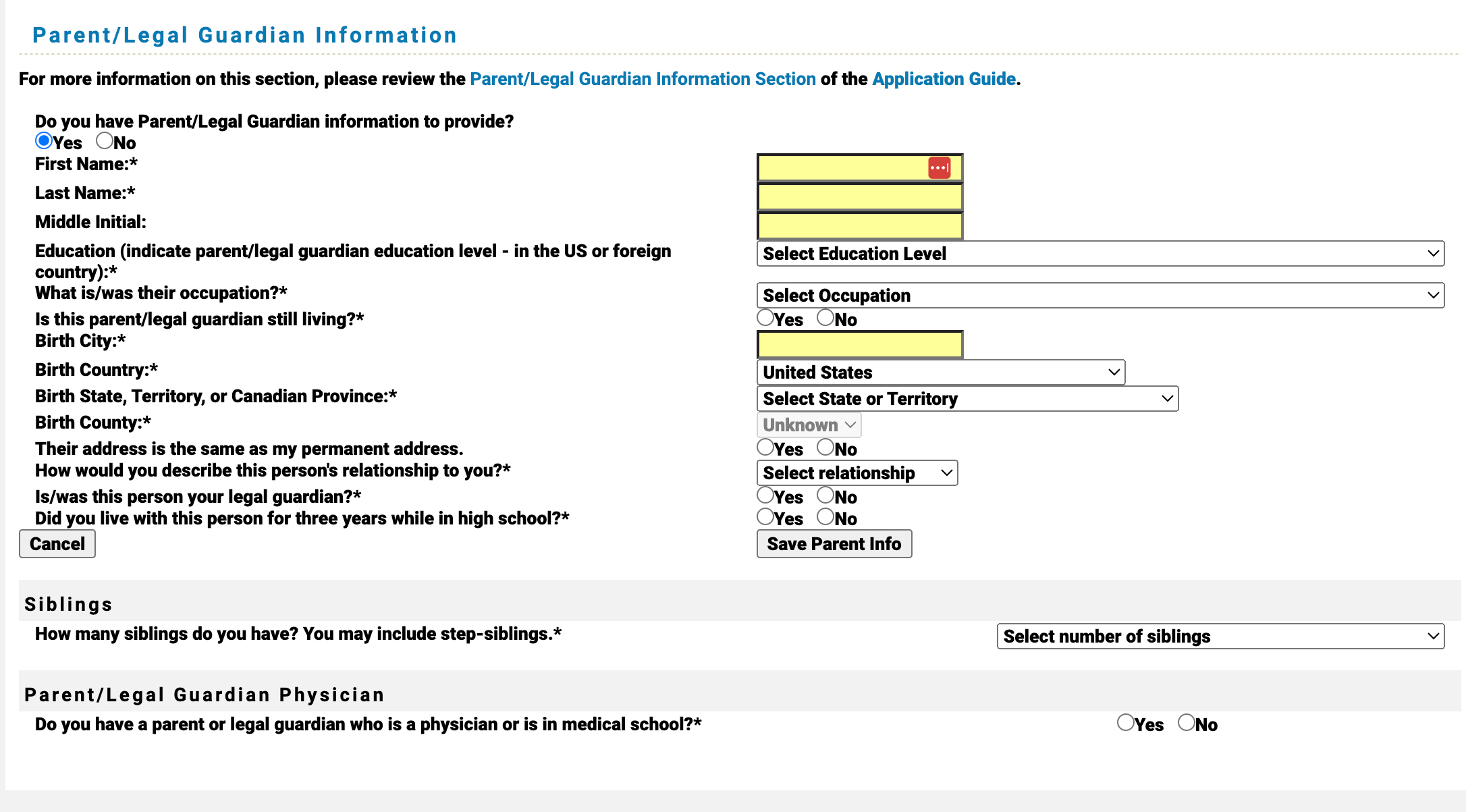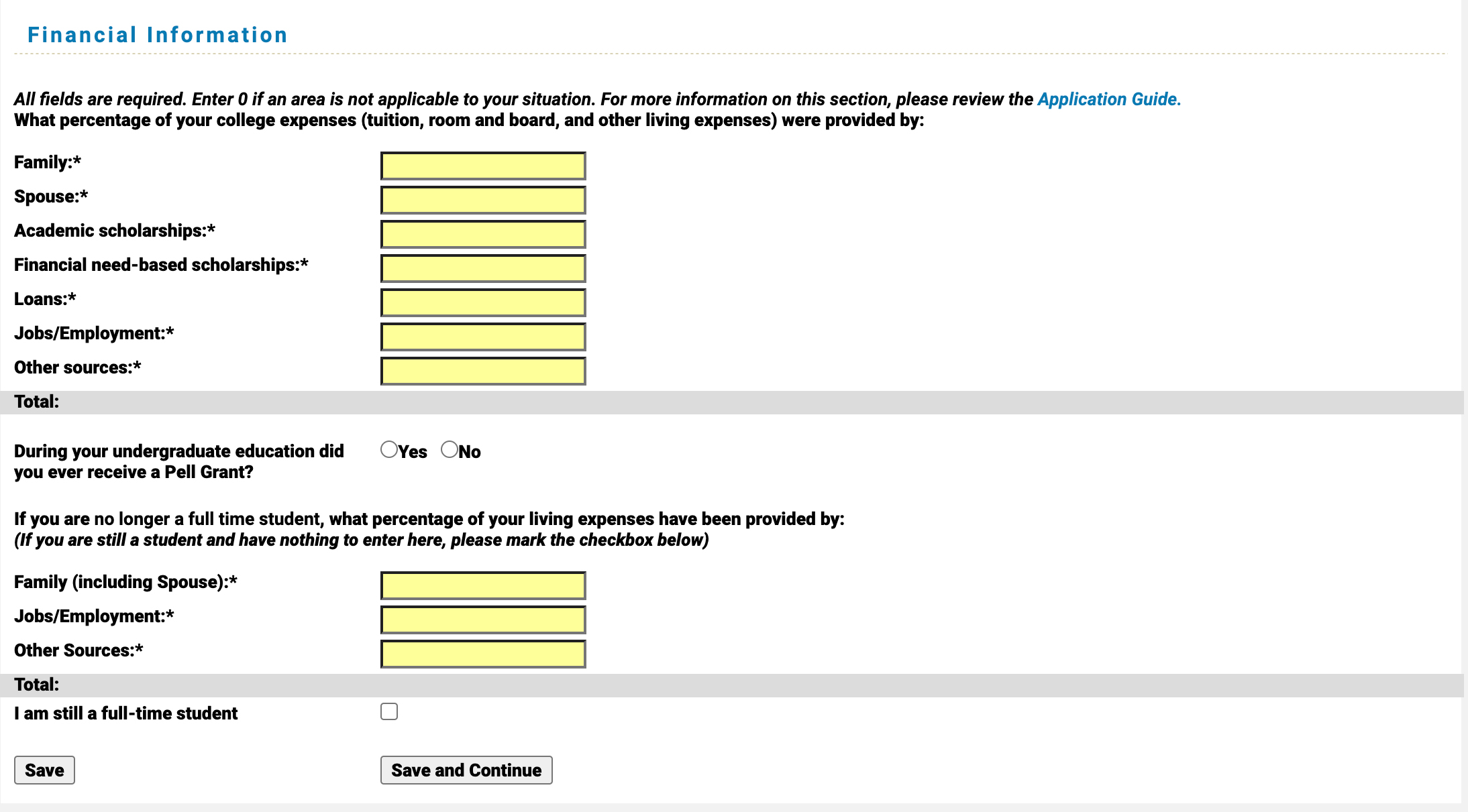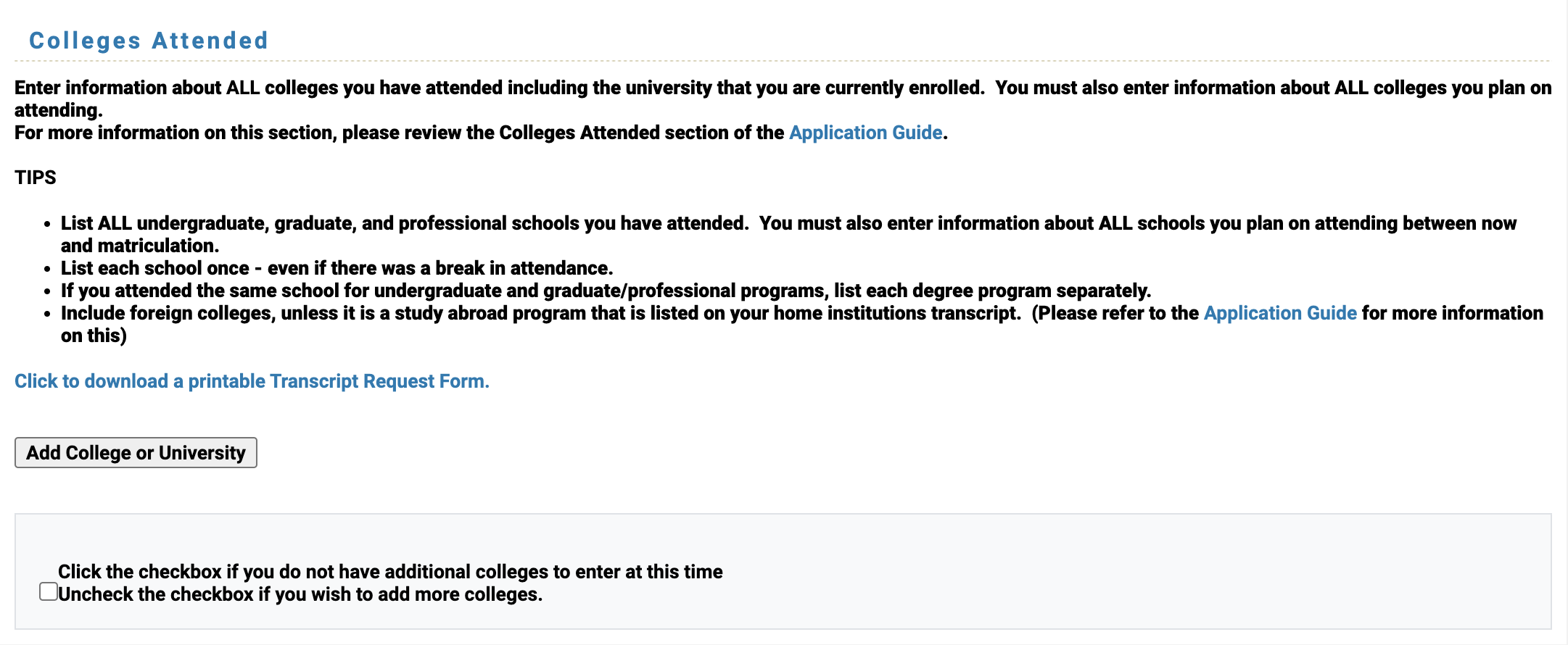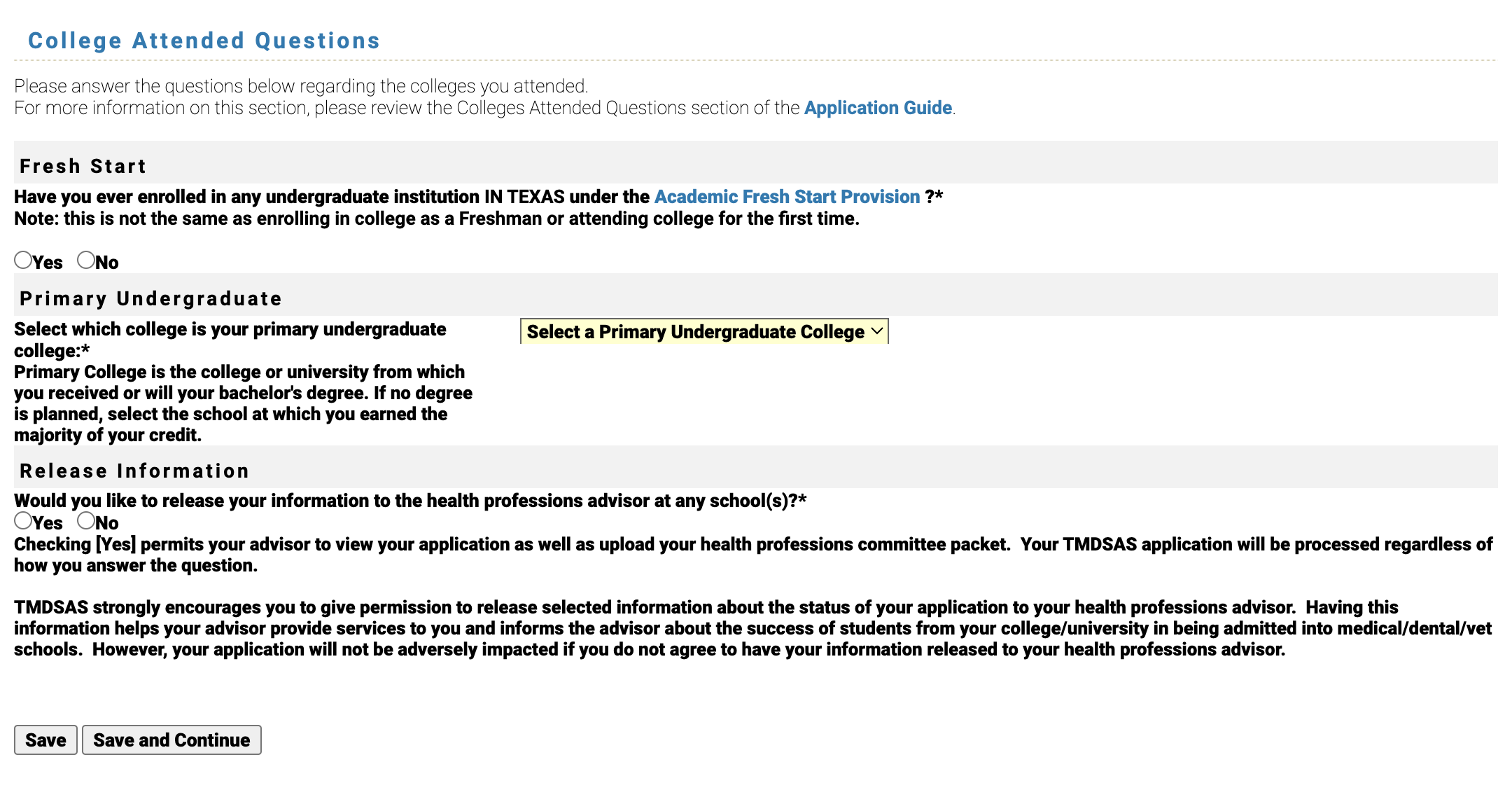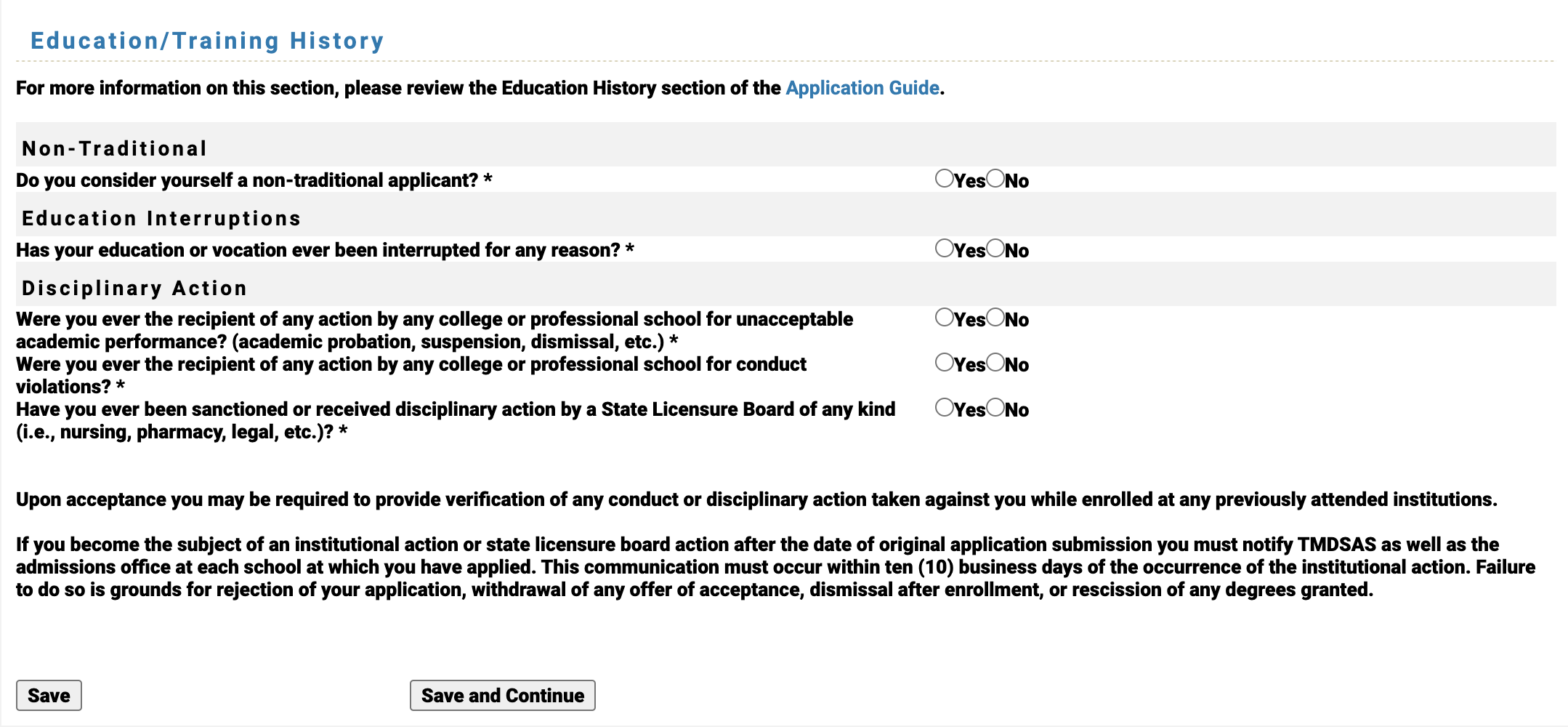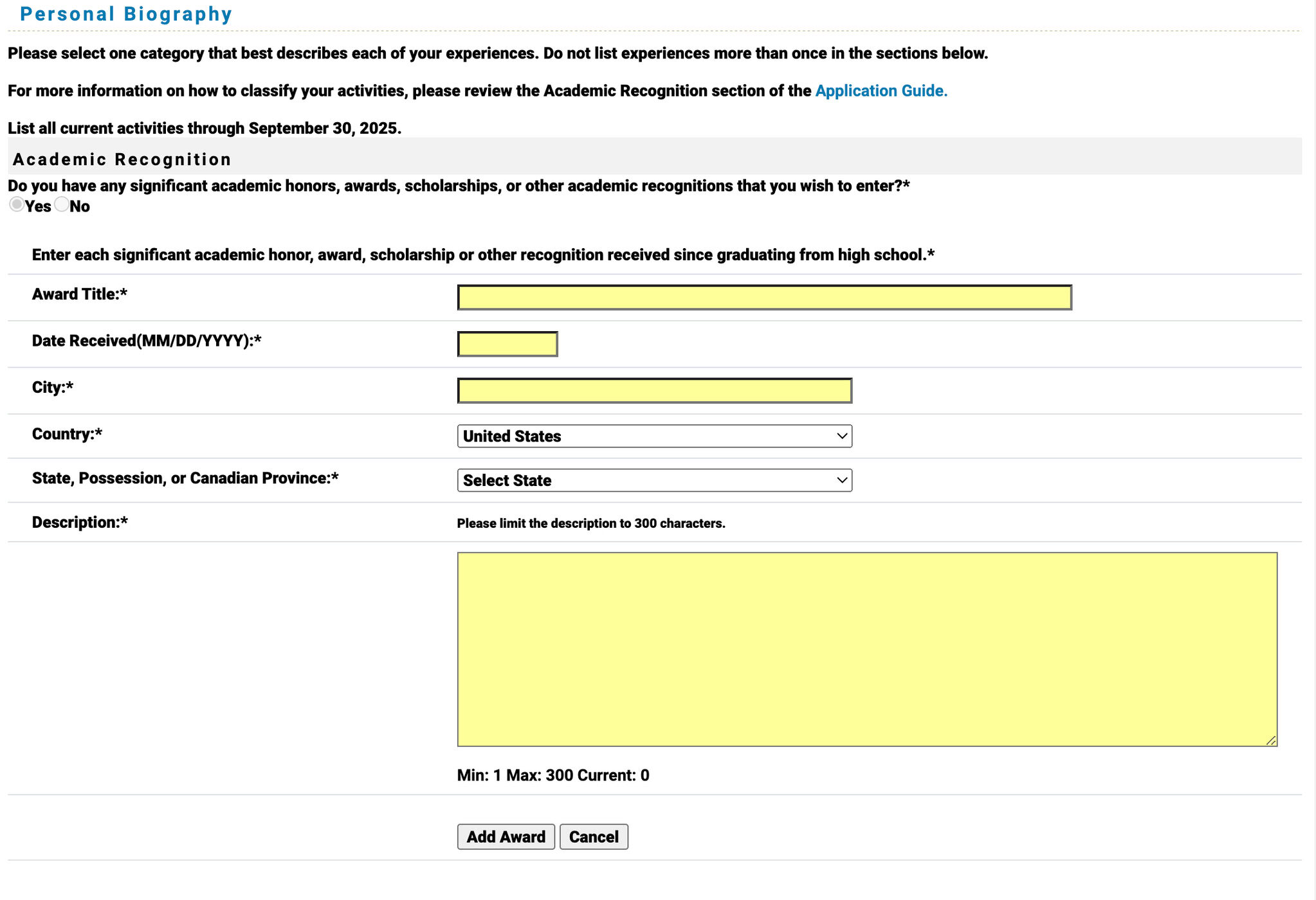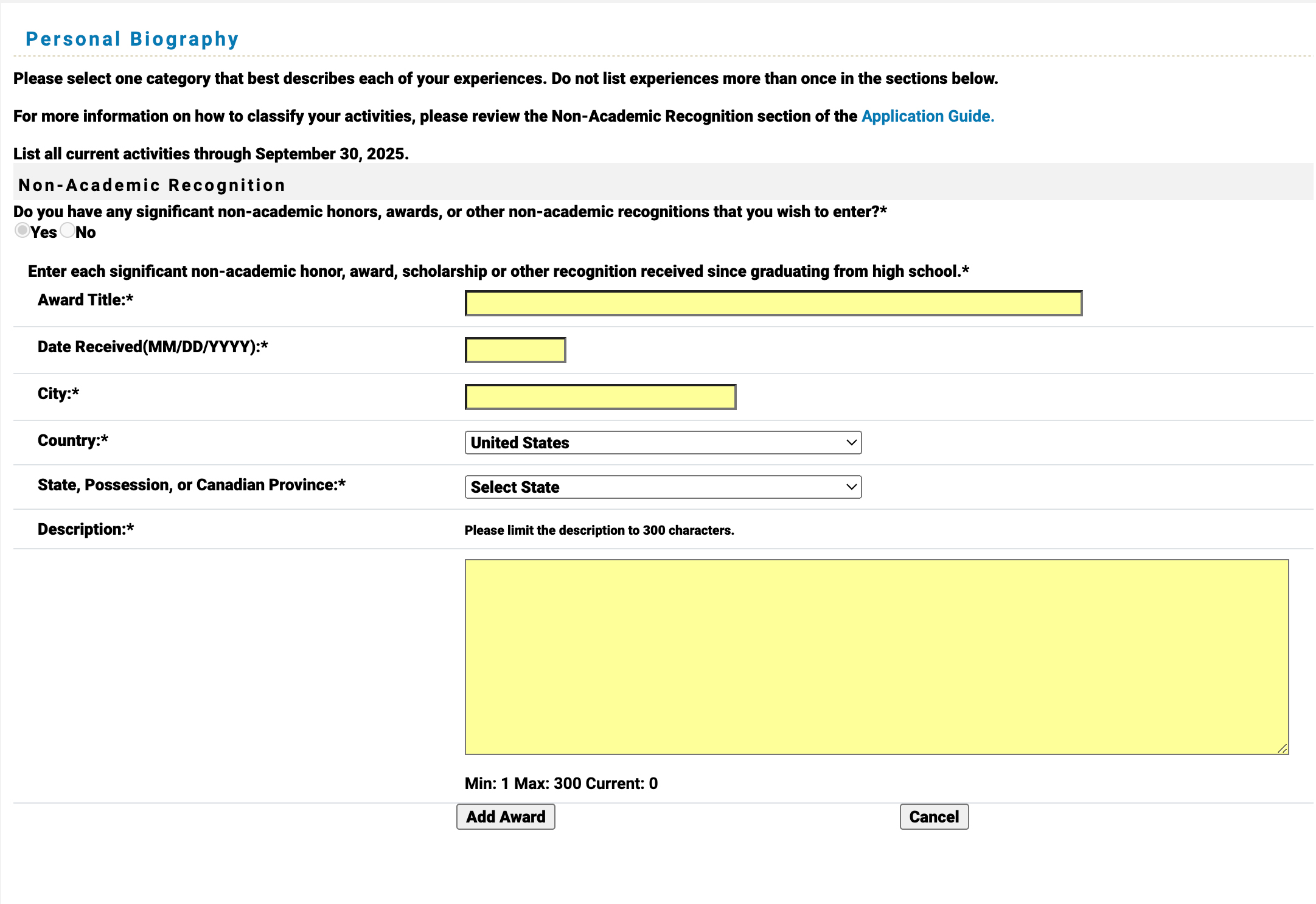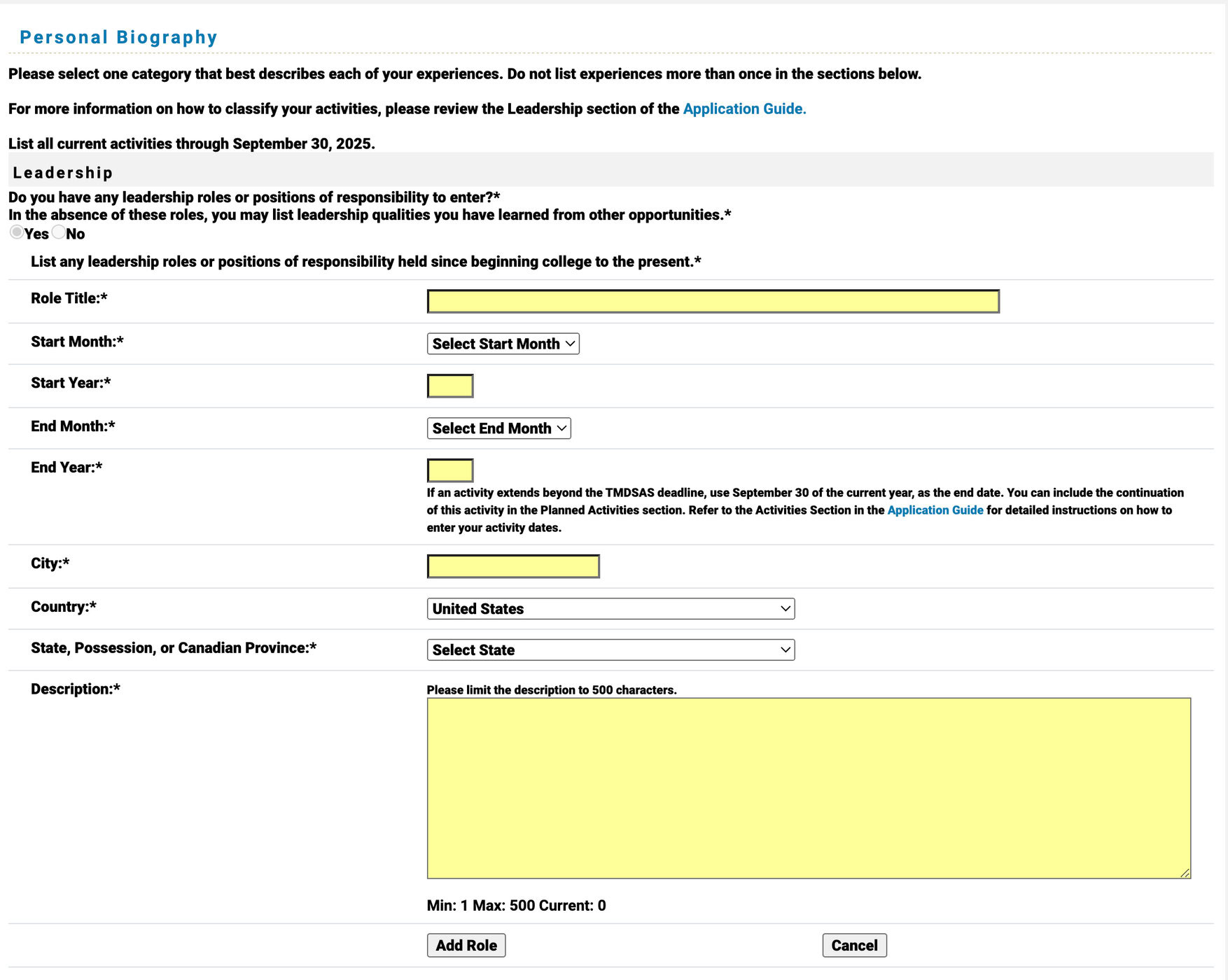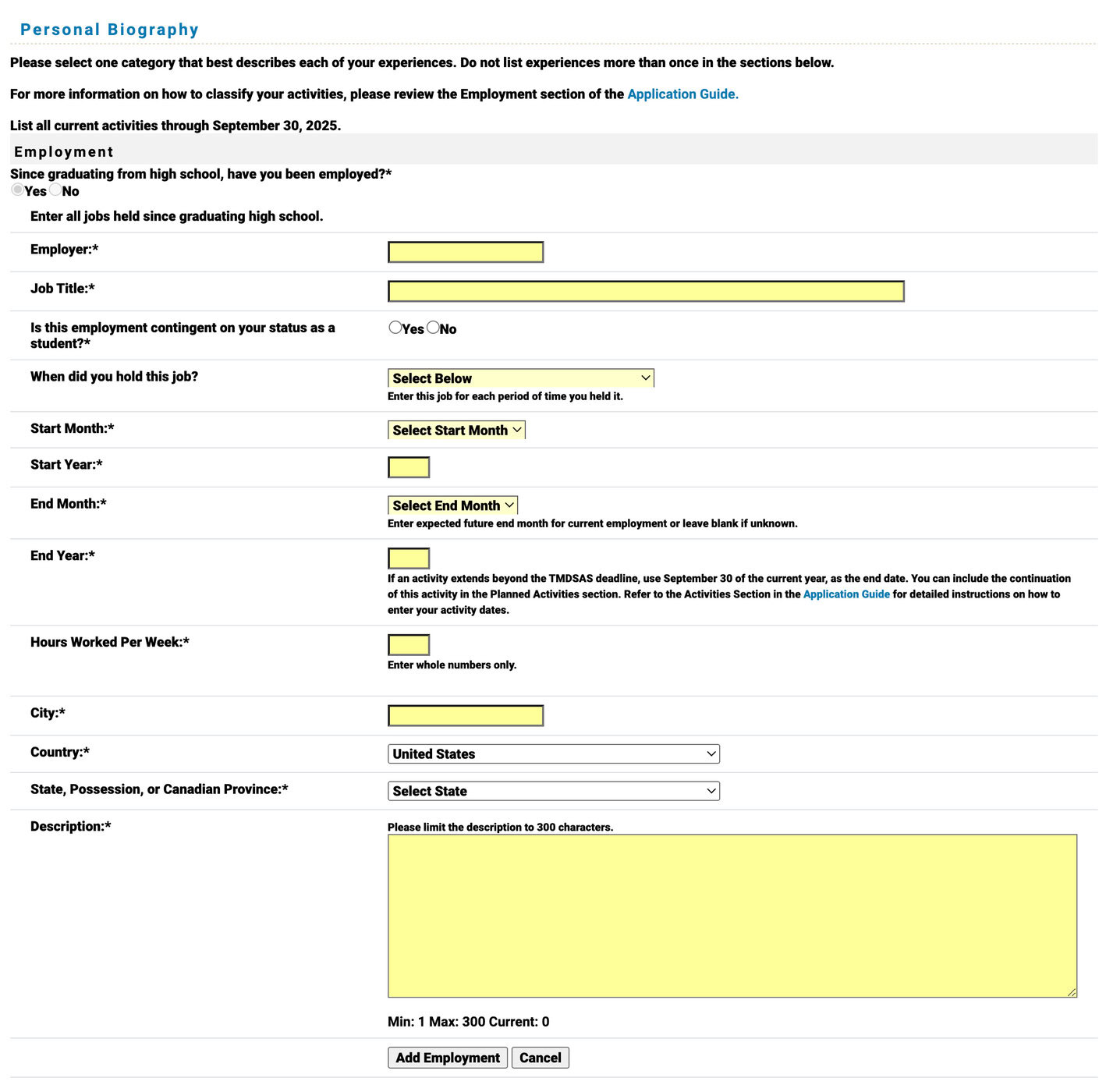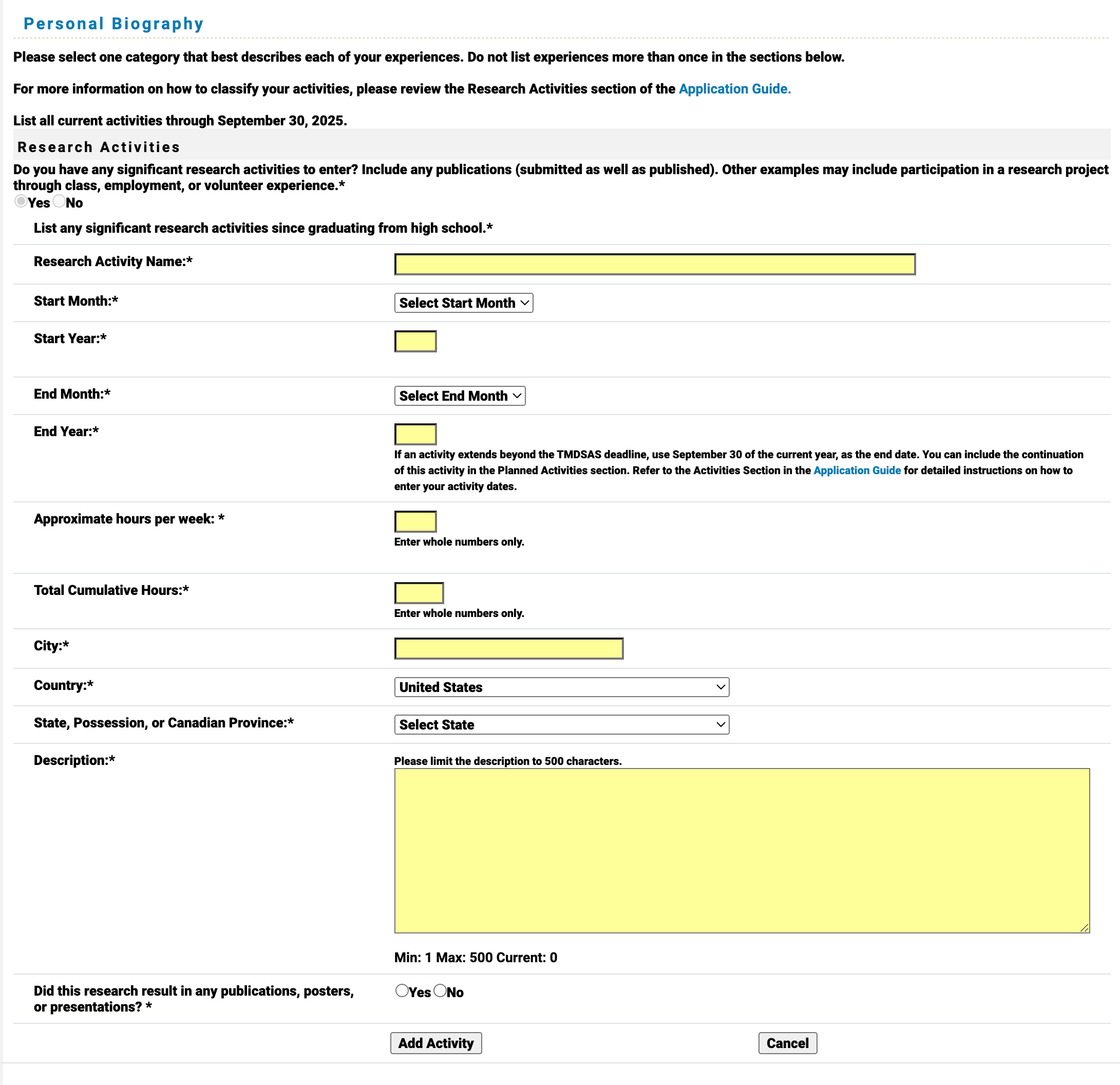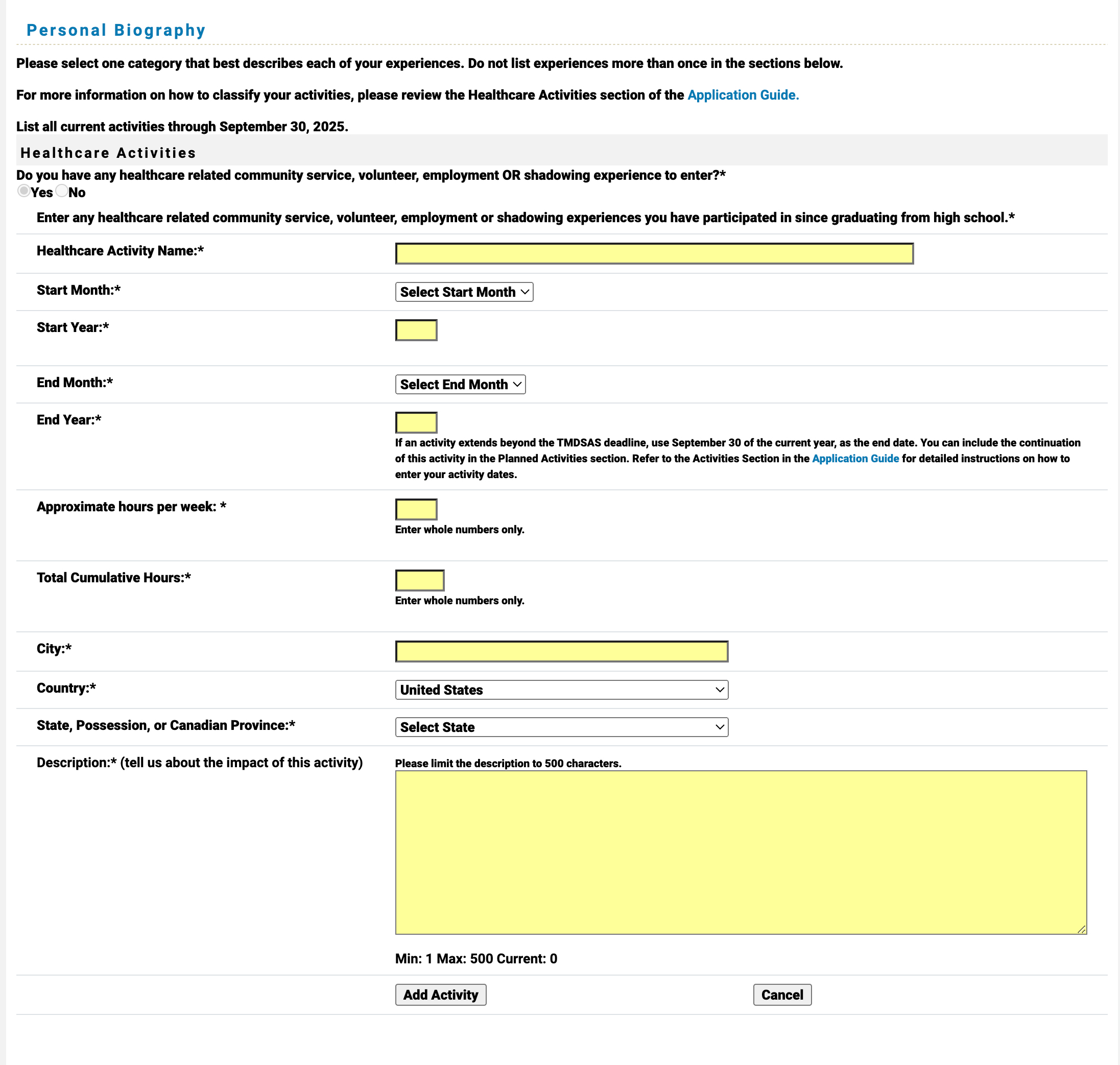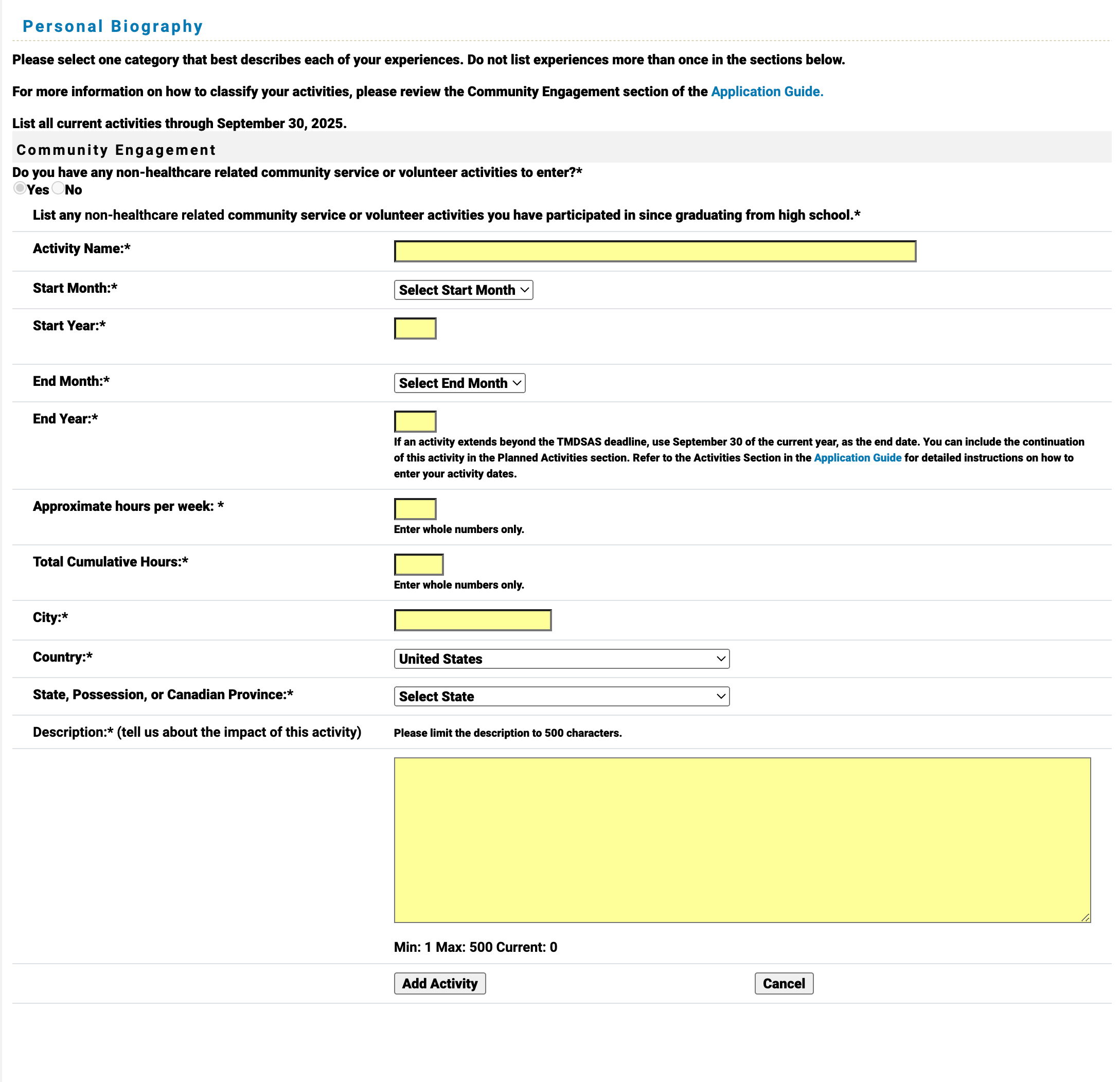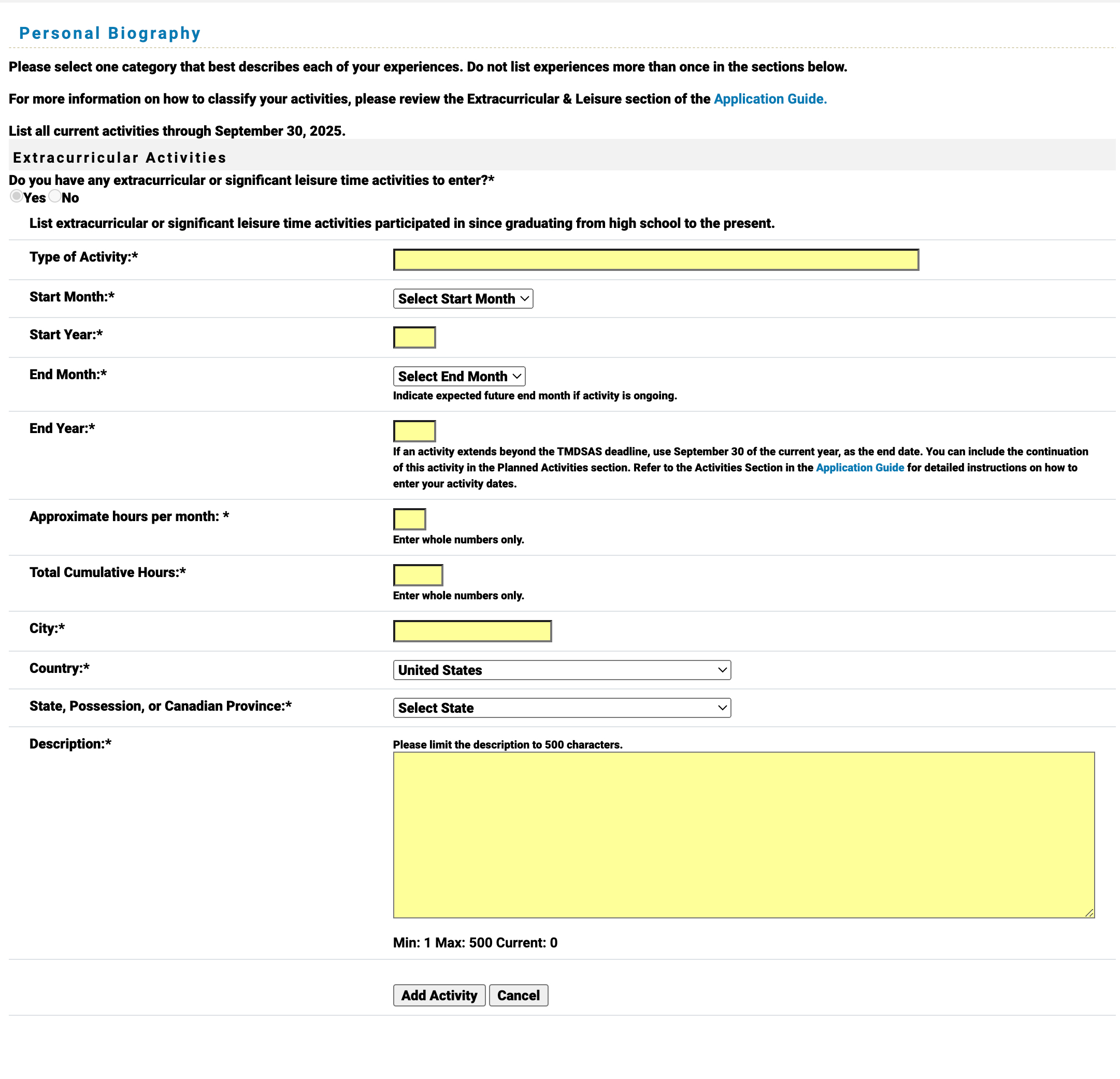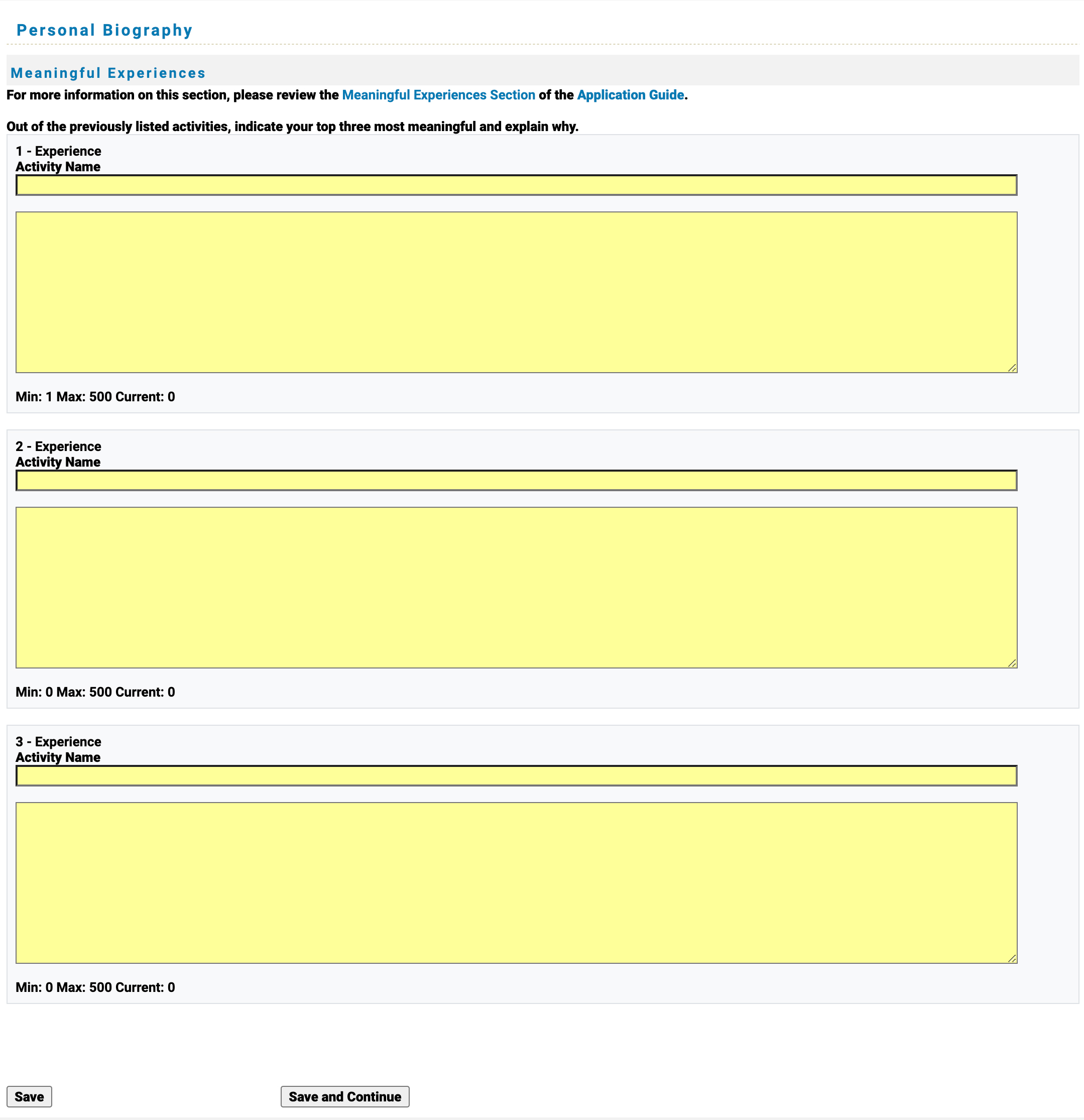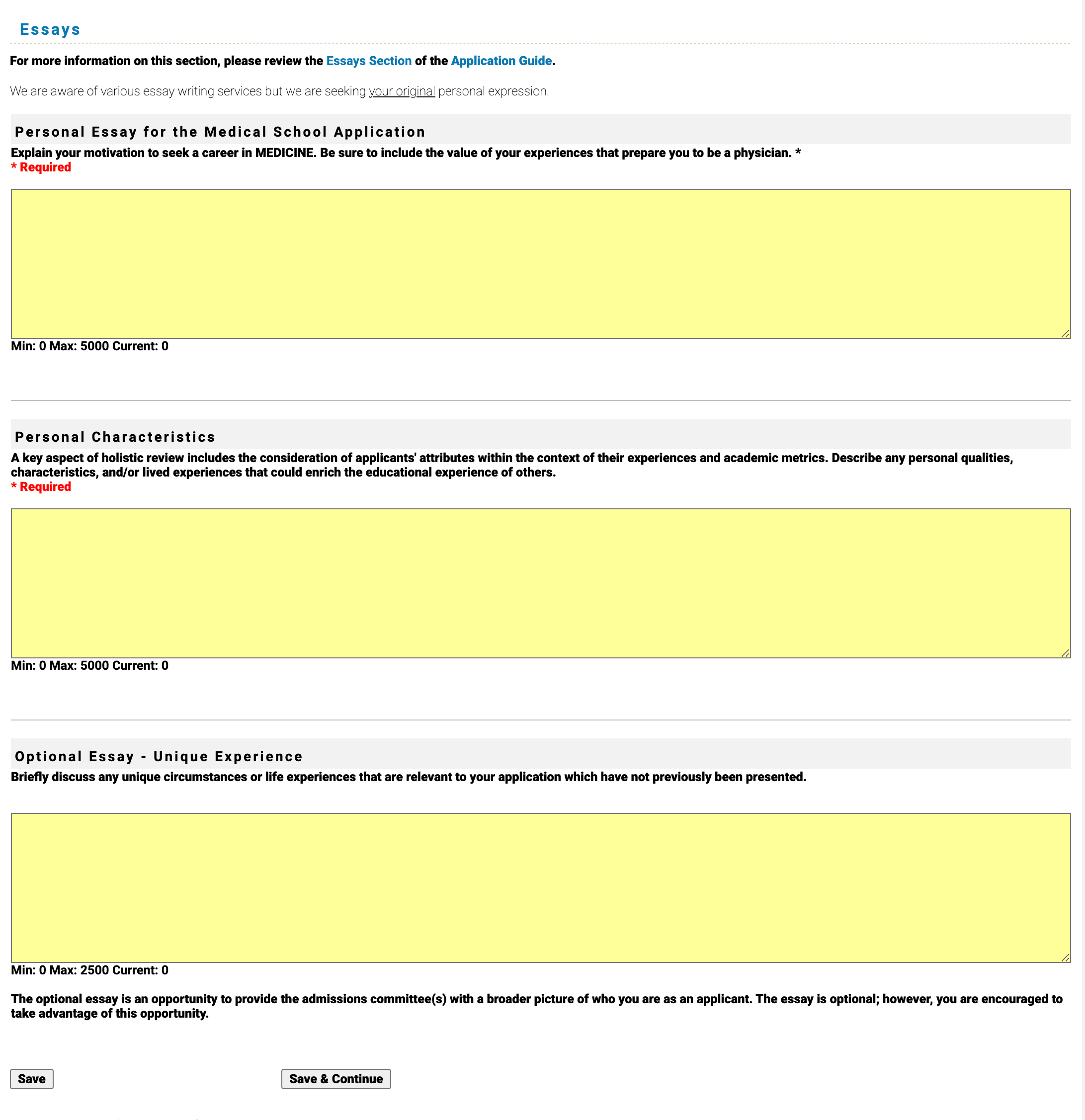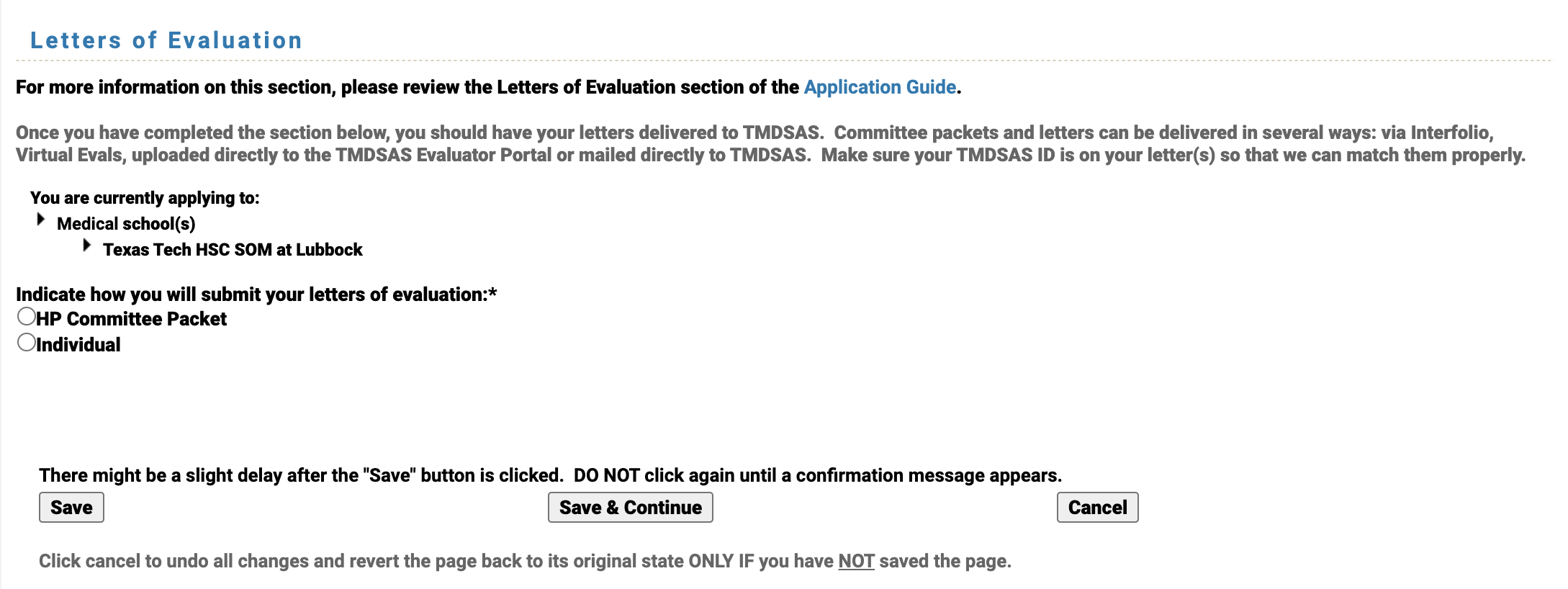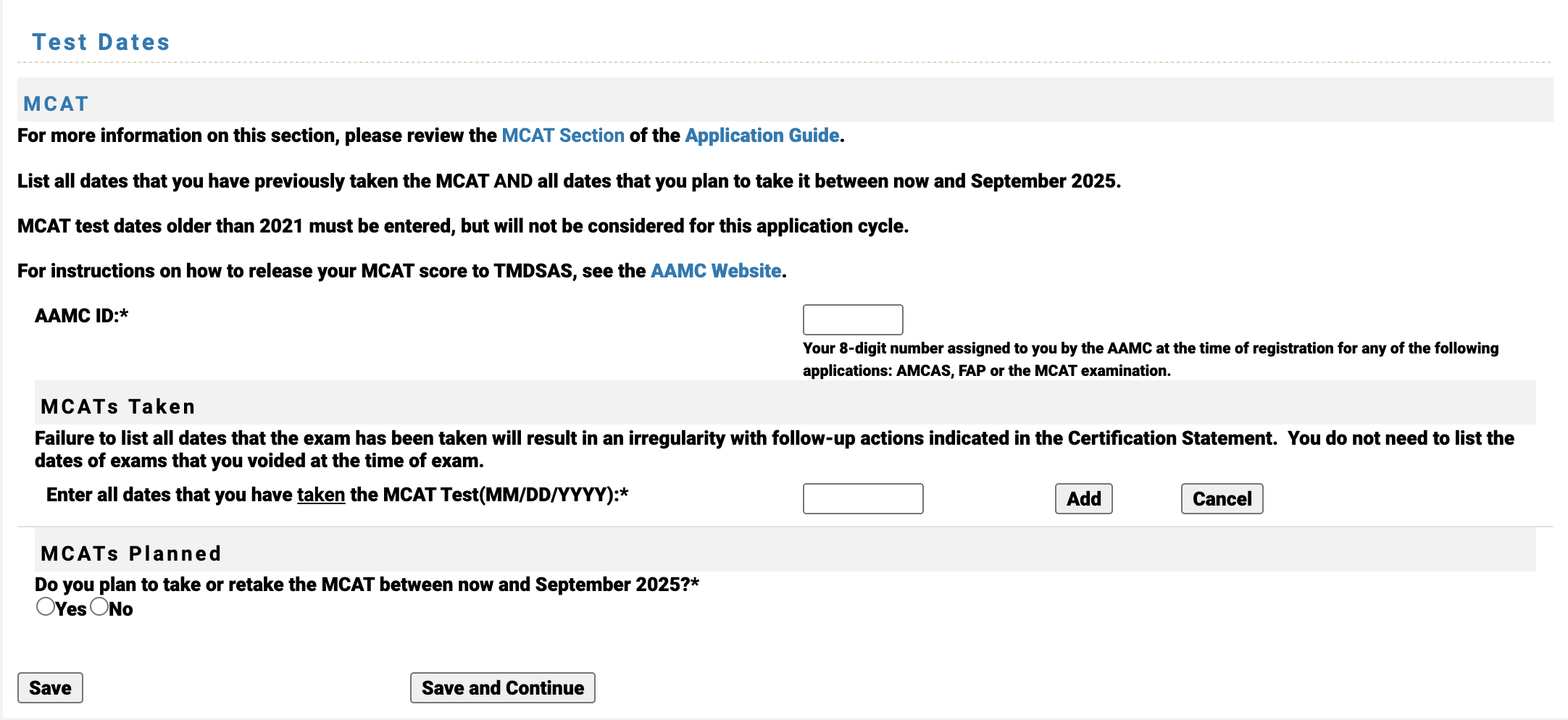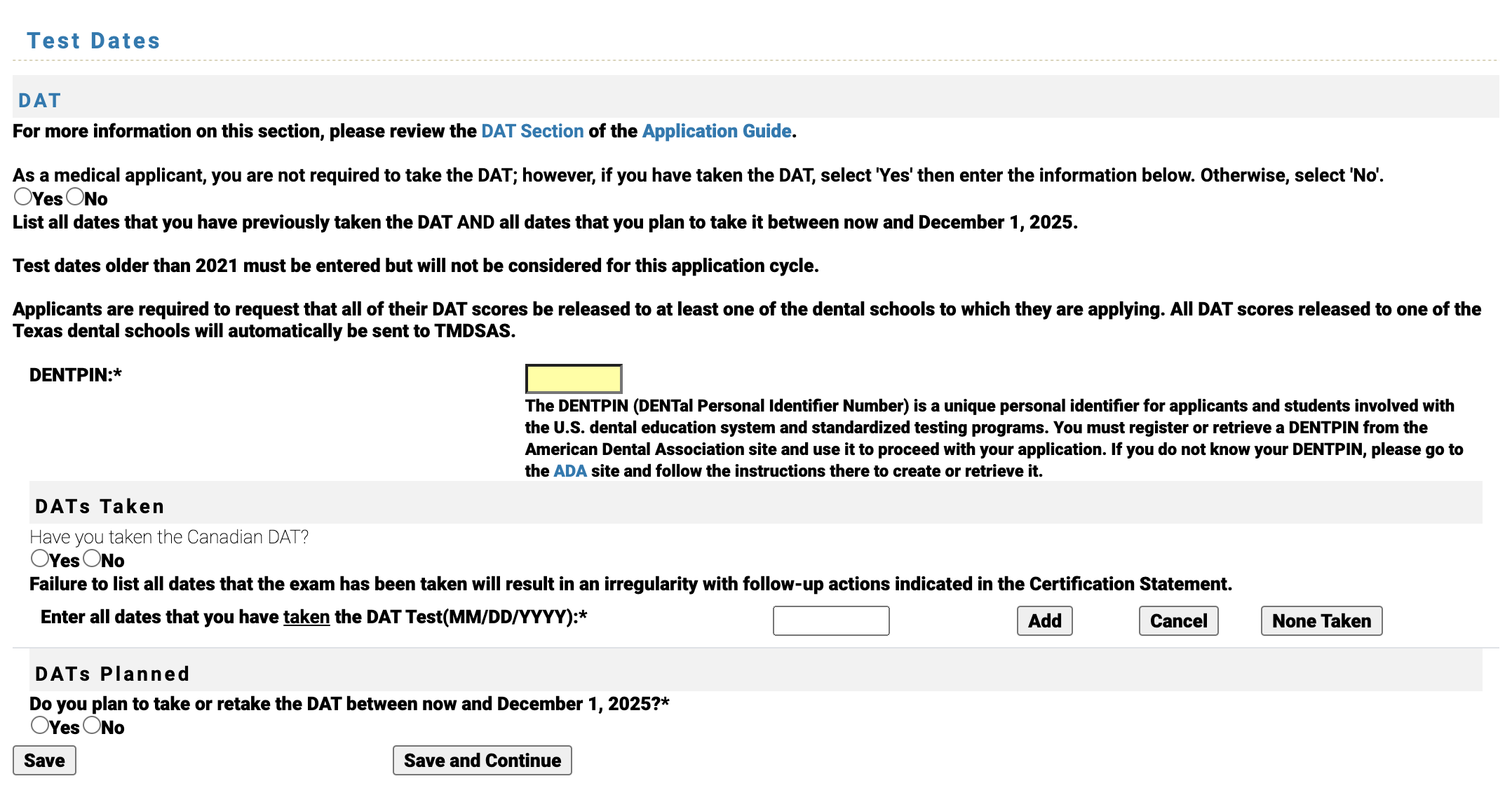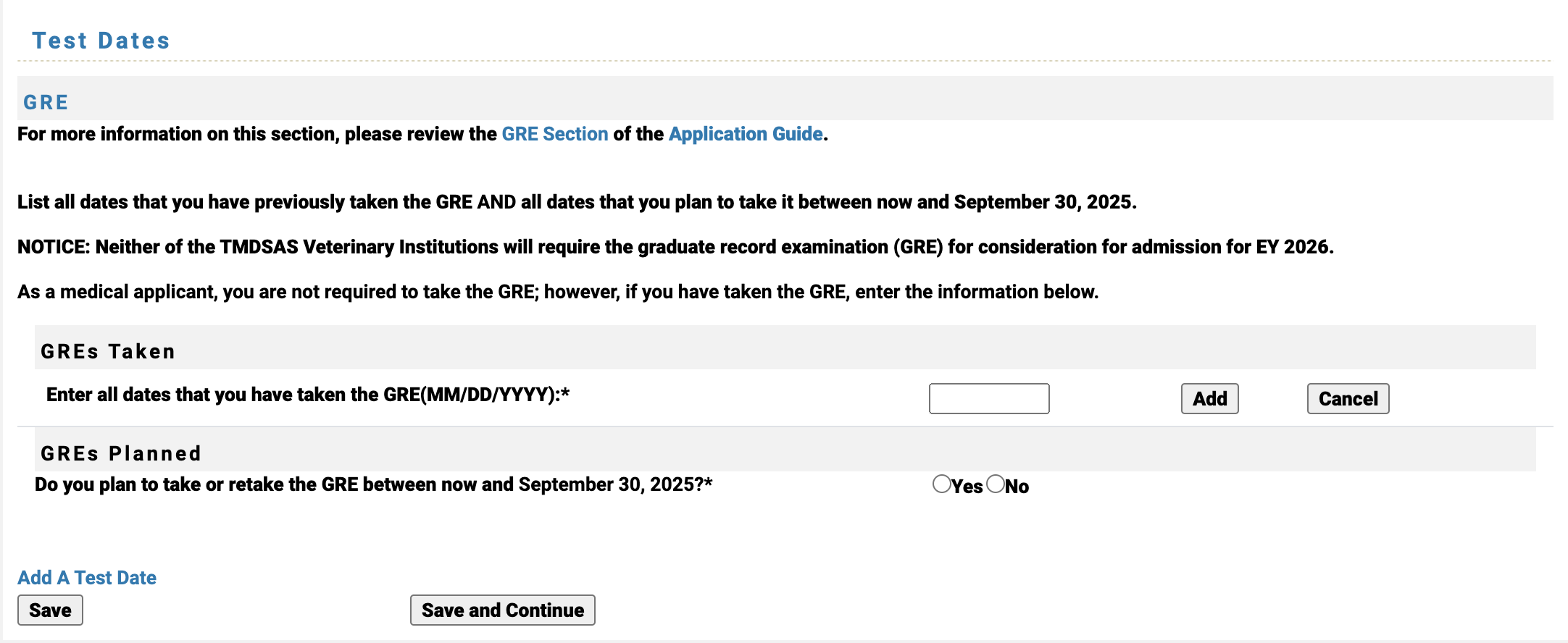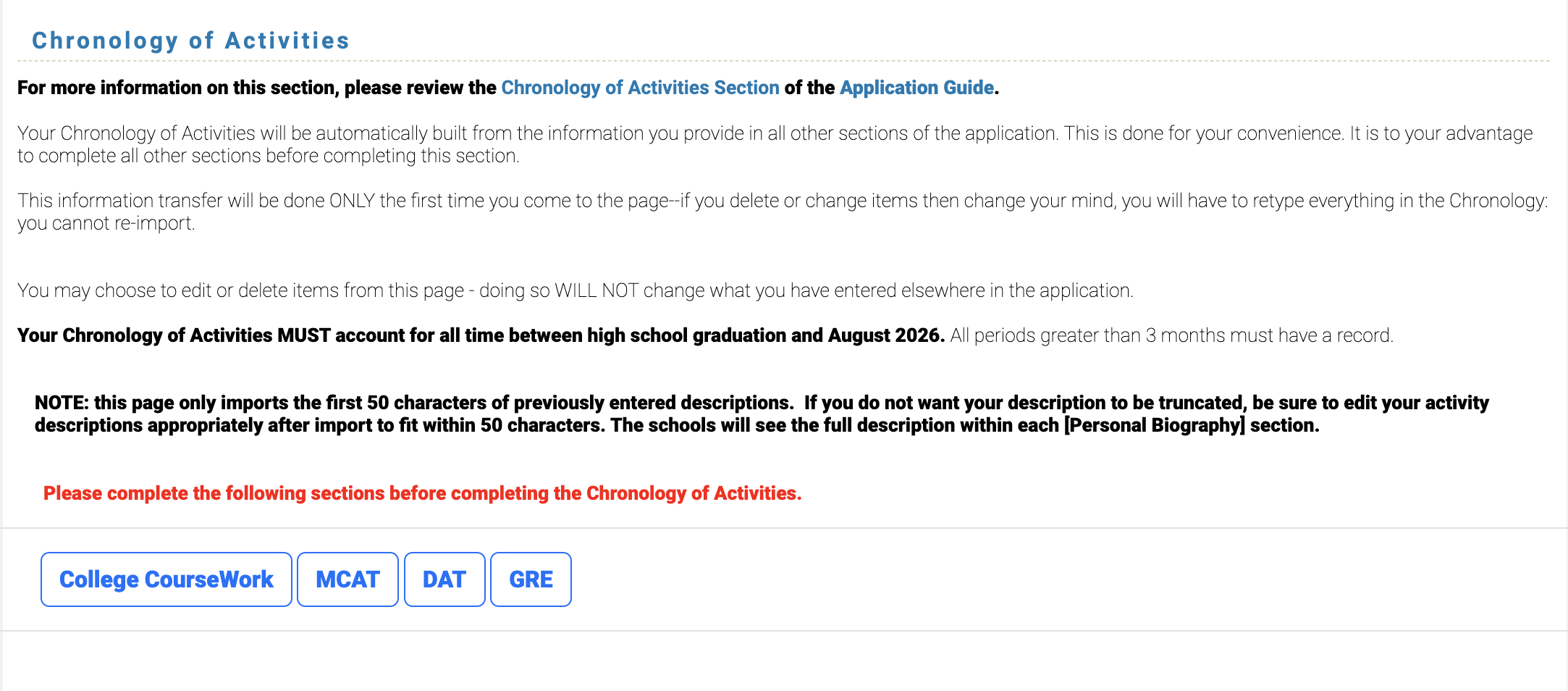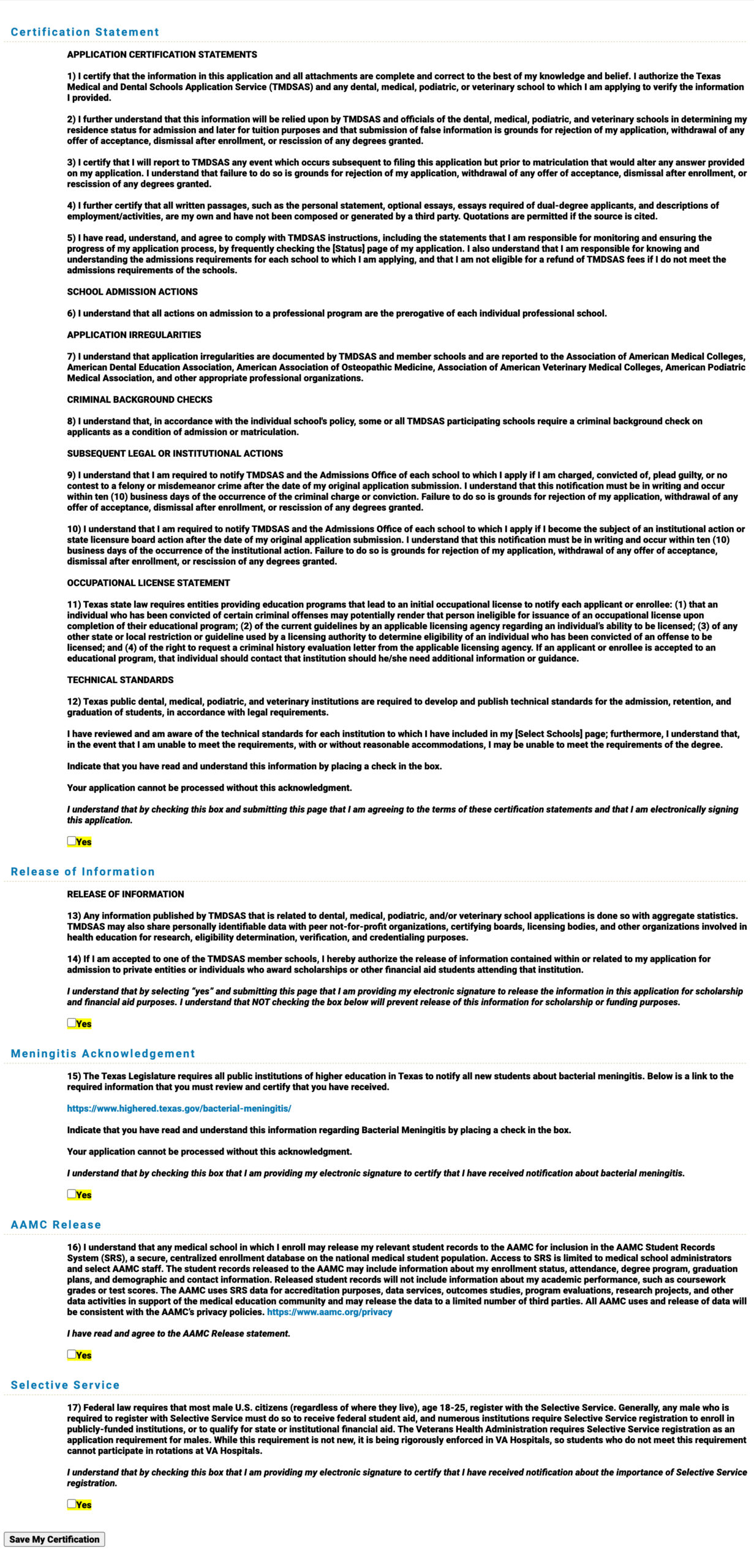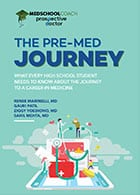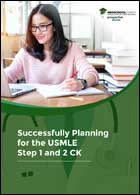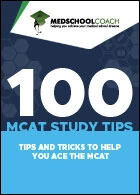
Table of Contents
What is TMDSAS? The Texas Medical and Dental Schools Application Service (TMDSAS) is a centralized application process for applying to public medical, dentistry, podiatry, and veterinary schools in Texas.
TMDSAS is a separate application process from AMCAS (MD schools outside TX) or AACOMAS (DO schools outside TX) with different requirements. Below, we will guide you through how to increase your odds of acceptance when applying through TMDSAS.
Important TMDSAS dates and deadlines:
- May 1, 2025 — TMDSAS opens for the 2025/26 application cycle
- May 15, 2025 – TMDSAS begins allowing application submissions
- May 23, 2025 — Last recommended date to take the MCAT for this cycle
- Mid-June 2025 — Last recommended date to take the Casper or AAMC PREview exam, if required by your institution (see the latest Casper schedule here and the PREview schedule here)
- August 15, 2025 — Latest recommended date for secondary submissions
- September 13, 2025 — Latest date to take the MCAT in 2025 (we recommend a test date in May or earlier, if possible)
- November 11, 2025 — Application deadlines for most MD schools are in November (but we recommend applying earlier)
Are you also applying to DO schools or medical schools outside of Texas? Check out our guides to AACOMAS (osteopathic schools) or AMCAS (allopathic medical schools).
I’ll walk you through what to expect when submitting your primary application through TMDSAS, including a step-by-step guide with screenshots.
Need help preparing your med school application? Get 1-on-1 support from a former admissions committee member.
Texas Residents vs. Non-Residents
Of the total TMDSAS applicant pool, 25% of applicants are from outside the state of Texas. However, only 5-10% of matriculants are from out-of-state.
Texas medical schools favor Texas residents — a 10% cap on out-of-state matriculants is the law. Plus, many non-Texas residents apply to medical schools both in and outside of Texas, matriculating wherever they feel is the best fit for them.
If you decide to apply through the TMDSAS and you are from out-of-state, be prepared to convince medical school admissions committees you are a good fit for their program and community.
To avoid putting all your eggs in one basket, be sure to apply through the AMCAS and AACOMAS for non-Texas schools.
If you are among the growing number of students taking a gap year before starting med school, you could capitalize on that time by moving to TX early. You only have to demonstrate Texas residency for 12 consecutive months to qualify as a state resident and stack the odds in your favor.
There is no difference in cost between in-state and out-of-state residents. TMDSAS has a flat fee of $220 to apply.
Get statistics on every US medical school – median GPA, MCAT, class size, tuition, and more – using our FREE Med School Explorer tool.
TMDSAS Application Timeline
The TMDSAS application window opens the first week of May every year. However, there are actions you need to take to prepare for the TMDSAS before it officially opens in May.
Medical schools usually use a rolling admissions process, which means applications are reviewed as admissions officers receive them. We recommend submitting your application as early as possible (the first week of June is ideal) to avoid delays.
Here is a detailed TMDSAS timeline:
September-December 2025:
- Plan a comprehensive MCAT study schedule and prepare for the exam.
- Check in with your pre-med advisor to ensure you’re on track to meet all the prerequisites you’ll need.
- Begin contacting those whom you hope will provide you with quality letters of evaluation.
- Research the specific MD programs you want to apply to. Use our free MedSchoolExplorer to discover which programs are perfect for you!
- Consider any extracurriculars (including clinical work) you plan to complete before graduation to strengthen your application.
- Request your official transcripts from all undergraduate schools you’ve attended.
January-May 2026:
- Start drafting your personal statement essay.
- Create an account on the TMDSAS website. Log in or create your account here.
- Complete the biographical information sections of the application, including which school(s) you’ve attended.
- Fill out the college coursework section, complete with a transcript.
- In the Letters of Evaluation section, list your letter writers who will send in confidential letters about your character and competency. Check in with your evaluators to ensure they received the request via email. Schedule times to follow up with them after a period of time has passed if their evaluation hasn’t been submitted.
- Take the MCAT early enough to get your scores back by the end of June or earlier. Your MCAT scores are not automatically released to TMDSAS, so you’ll need to manually submit them.
- Schedule your Casper or AAMC PREview exam if required by your chosen school(s).
- Request your schools send your official transcripts directly to TMDSAS. Resolve any holds due to financial or other issues as quickly as possible.
June-August 2024:
- Submit your application after filling out the remaining TMDSAS sections.
- Keep an eye on your application’s verification status. Verification should take around 2-4 weeks to complete. If your application has a significant number of errors, it may be “undelivered” and sent back to you to correct.
- Download a completed copy of your primary application.
- When requested, submit secondary applications no later than the end of July or beginning of August.
From September 2024 through February 2025, you may receive requests to interview at one or more programs. Most schools operate on a rolling admissions process, meaning they accept students right away who successfully complete interviews. Others may wait until all interviews are complete before sending acceptance letters as late as March 2025.
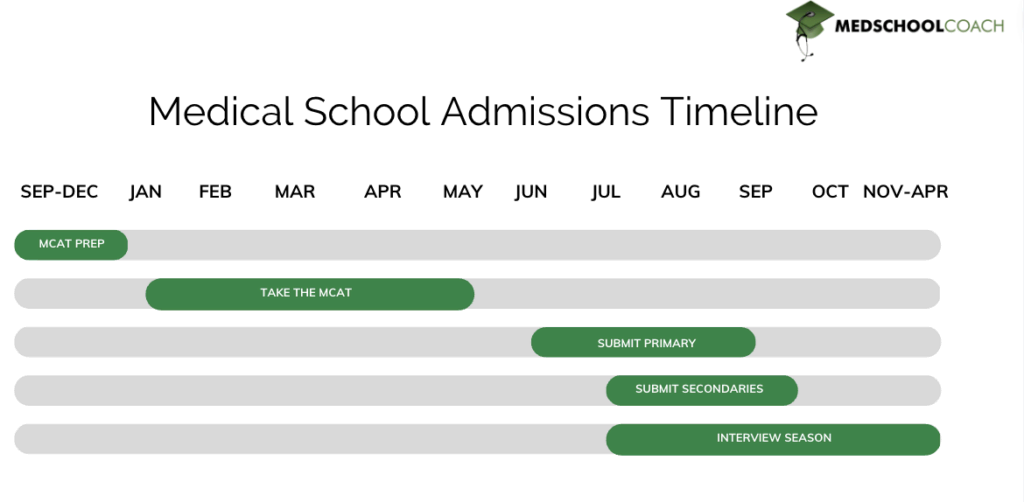
How to Fill Out the TMDSAS Application
Some TMDSAS elements are similar to the AMCAS or AACOMAS applications, and many are at least a little different. Let’s go section by section on what to expect and how to best fill out the TMDSAS for the best chances of admissions.
Account Setup & Applicant Agreement
Sign up for a TMDSAS account well before applications are even allowed to be submitted. We recommend signing up for convenient text messages in case you need to reset your password.
Your email address will be your username. Create a password. Answer 3 security questions, and you’ve signed in!
The first page you’ll see after setting your login is the Applicant User Agreement. It’s several sections of items you have to check off before clicking “I agree.”
Section 1: School Selection
List the medical schools, special programs, or dual degree programs (MD/PhD) that you’re applying to.
You will indicate if you’re applying through any special or assured admission programs, such as JAMP. If you’re not applying through special or assured admissions, you may indicate whether you’re applying to an Early Decision Program, which is currently available for three TX schools.
You’ll also indicate whether you’re also applying to schools through the AMCAS application process.
Section 2: Applicant History
Here, you’ll answer the question, “Have you ever applied to a TMDSAS medical school?”
You’ll have to answer some short essay questions — this is your opportunity to explain how you’ve strengthened your application since you last applied.
Section 3: Personal Information
This section includes basic identifying details like name, contact info, and residency status. You need to provide demographic details, parental information, and answers about your family background and educational history.
Be accurate and consistent, especially with residency information. Texas schools often have specific criteria for in-state applicants.
Section 4: Education History
List the high school(s), college(s), and nontraditional training you’ve attended.
You’ll indicate your high school GPA, SAT/ACT scores, how many terms, post-bacc studies, and disciplinary actions.
Read Next: What Counts Towards Your BCPM GPA?
Section 5: Coursework
Enter all coursework from each institution attended. Ensure accuracy, as TMDSAS will verify this information against your official transcripts.
The following courses do not need to be included:
- Withdrawn Fail (WF) courses
- Courses worth zero credit hours
- Continuing Education (CE) courses
- Developmental (DV) courses
Section 6: Personal Biography & Activities
List every relevant healthcare and non-healthcare activity or experience since high school graduation, such as employment, volunteering, clinical experience, shadowing, extracurriculars, and other major commitments.
FREE GUIDE: 5 Must-Have Activities for Med School Application
Include details about each activity, such as duration, duties, and accomplishments.
Each activity’s description is limited to 500 characters in length, plus an additional 500 characters for the top meaningful.
Unlike AMCAS, there is no limit to the amount of activities you can include in TMDSAS.
You may only enter each activity into one category — except that Leadership can be combined with any other category, and Healthcare and Employment can be specifically combined with each other. Below are the categories of activities for medical school applicants:
- Academic Recognition
- Non-Academic Recognition
- Leadership
- Employment
- Research
- Healthcare
- Community Service
- Extracurricular
Example of Activity: During the summer following my second year of college, I led a missions trip with my local church youth group. We went to Haiti and helped provide medical care to several towns. I was responsible for overseeing the first aid provided by the teenagers.
You must also describe your three most meaningful experiences and why they were impactful. With a 500-character length limit, you can spend a little extra time spelling out how this experience formed you into who you are today.
Example of Most Meaningful Experience: My most profound personal moment occurred while I was working in a soup kitchen. I watched a 12-year-old boy who was clearly hungry stop eating to help an elderly homeless person sit down to eat. It was so selfless. Seeing his response shaped more than I realized in the moment about the physician I want to be — one who is willing to set aside my own personal needs for the good of my patients.
When is an activity current vs. planned? Current Activities are what you’re engaged in up to the application deadline. Planned Activities are what you plan to engage in after the application deadline and through the point of matriculation (August 2026). According to TMDSAS, ongoing activities should be listed in Current Activities and Planned Activities.
Example of Planned Activity: I am finishing a research experience at my university’s medical hospital.
Activities cannot be changed after submitting your application.
Section 7: Residency
Texas requires a residency affidavit for applicants claiming Texas residency for admissions purposes only. Non-Texas US citizens may still apply, but far fewer non-Texas residents are accepted than people who have lived in Texas for at least 12 months.
Applicants who are not U.S citizens must directly upload to TMDSAS a copy of their Permanent Resident card or Visa stamp in their passport.
Section 8: Essays
Here you have an opportunity to represent yourself through expression and perspective, rather than data. Essays cannot be altered after you submit your application. These are the three essays on the TMDSAS:
- Personal Statement: This is your chance to explain your motivation for pursuing a career in medicine. Describe why you’re entering the medical field, what your professional plans are as a physician, how you’re different from other applicants, and what drives you to succeed. See our writing guide here. TMDSAS has a 5,000-character limit, including spaces, so concisely focus on impactful experiences that shaped your decision.
- Personal Characteristics Essay: A new required essay encourages you to describe yourself holistically, not just as a future physician. Detail the characteristics and lived experiences that might enrich the educational experience of others. This essay also has a 5,000-character limit, including spaces.
- Optional Essay: Use this additional essay to discuss any unique circumstances or disadvantages you faced. It’s a chance to elaborate on challenges that may not fit into the primary narrative of your personal statement. The optional essay has a 2,500-character limit.
Section 9: Letters of Evaluation
TMDSAS requires three letters of evaluation — or a Health Professions Committee Packet or Letter. You can use helpful services like Interfolio to submit letters.
The letters of evaluation (also known as letters of recommendation) should be from individuals who can speak to your academic abilities, character, and suitability for the program. It may take 10-14 days to process submitted letters.
You can submit your TMDSAS application before individual letters are submitted.
You may submit one additional letter, but you must indicate your intention to submit another letter when applying.
Section 10: Transcripts
Transcripts are actually not due at the time that you submit your TMDSAS application. Transcripts may not be requested until after you’ve been accepted.
Save time and money by sending in transcripts only when requested by TMDSAS. If you send in your transcripts prior to a request, TMDSAS will not keep them on file.
Section 11: Test Scores
Input your MCAT scores if available. TMDSAS will also verify these scores, so ensure that your official scores are sent directly to TMDSAS from AMCAS.
Entering your MCAT info into the application will not release your scores to TMDSAS. You must release your MCAT scores to TMDSAS, utilizing the MCAT Score Reporting System. You must request to release your scores to TMDSAS as soon as they’re available to you.
Section 12: Chronology of Activities
The Chronology of Activities serves only as a summary page. It will auto-generate after you’ve completed other sections.
You can edit this chronology, but it won’t edit the origin section of the auto-generated information.
Section 13: Certification and Payment
Here, you must indicate that everything you’ve included is true and that you’ll inform TMDSAS if anything happens before matriculation that changes your answers on the application. Then, you’ll submit your $220 payment.
Before finishing this final step, we recommend downloading a copy of your application and reviewing it one last time.
What Information Can I Add After Submitting?
There is limited information you can add or change after submitting your TMDSAS application. Here is what you can add or change:
- Contact information
- Colleges attended
- College coursework
- Letters of evaluation
- Test scores
- Residency status
- Application withdrawals
- Transcripts
You cannot add or edit your essays or activities. Even though you can edit your contact info, TMDSAS does indicate that you cannot edit the capitalization of names after submitting.
The TMDSAS Medical School Match
The Texas Medical and Dental Schools Application Service (TMDSAS) uses a unique matching process that you should know about if you’re applying in Texas.
PODCAST: Everything You Need To Know About TMDSAS Match
The TMDSAS Match is the process by which applicants are matched into a medical school they received an acceptance letter from. The final outcome of the Match determines which Texas medical school you will attend.
Here’s how the TMDSAS Match works:
The TMDSAS Match process requires applicants to submit a rank order list of the schools where they interviewed by mid- to late-January (dates vary annually). Before this, in November and December, particularly qualified applicants may receive “Pre-Match offers” from schools, which indicate a reserved spot if the applicant includes that program on their rank order list. Applicants can rank schools in any order, regardless of whether they received a Pre-Match offer.
If an applicant ranks a school with a Pre-Match offer as their top choice, the Match algorithm guarantees them a spot at that school. If their first choice is a school without a Pre-Match offer, the algorithm attempts to match them there. If accepted, the applicant will matriculate at that school; if not, the algorithm moves sequentially through the ranked list, following the same process.
This continues until a match is made or the list is exhausted, resulting in no match for the applicant.
Additionally, schools may place applicants on a waitlist. If the algorithm encounters a waitlisted school, it keeps that school as the applicant’s top choice while continuing down the list to secure a confirmed match. If the waitlisted school later offers acceptance, the applicant will matriculate there; otherwise, they will attend the lower-ranked matched school or no school if no confirmed match exists.
While the TMDSAS match may seem convoluted, it plays a key role in facilitating the distribution, acceptance, and withdrawal of applications among med schools during the cycle. TMDSAS sets annual deadlines for the Pre-Match offer period, Match preference deadline, and Match results announcement.
TMDSAS Costs & Financial Assistance
How much does TMDSAS cost? The current TMDSAS application fee is $220 as of the 2025 application cycle, regardless of how many schools you apply to. This cost is non-refundable and not waivable for any reason.
How do I get an application fee waiver for TMDSAS? Unlike AMCAS or AACOMAS, TMDSAS does not grant any application fee waivers. You will need to pay the $220 application fee regardless of your personal or financial circumstances.
Schools that Use TMDSAS
There are 15 Texas medical schools that use the Texas Medical and Dental Schools Application Service (TMDSAS):
- Baylor College of Medicine
- John Sealy School of Medicine at The University of Texas Medical Branch
- Long School of Medicine at UT Health San Antonio
- McGovern Medical School at UT Health Houston
- Sam Houston State University College of Osteopathic Medicine
- Texas A&M University School of Medicine
- Texas Tech University Health Sciences Center School of Medicine at Lubbock
- Texas Tech University Health Sciences Center El Paso Paul L. Foster School of Medicine
- The University of Houston College of Medicine
- The University of Texas at Austin Dell Medical School
- The University of Texas Southwestern Medical School
- The University of Texas Rio Grande Valley School of Medicine
- The University of North Texas – Texas College of Osteopathic Medicine
- The University of Texas at Tyler School of Medicine
Medical Schools That Don’t Use the TMDSAS
Some private institutions in Texas don’t require the TMDSAS, including:
- Burnett School of Medicine at Texas Christian University (TCU) uses AMCAS
- University of the Incarnate Word School of Osteopathic Medicine (UIWSOM) uses AACOMAS
Learn More: Top US Medical Schools
FAQs
The TMDSAS does not allocate a specific part of the application to identifying the applicant’s disadvantages or disabilities. However, the optional essay, personal characteristics section, and personal statement are all valid places to mention your unique situation.
No, the Texas Medical and Dental Schools Application Service (TMDSAS) is a different system of medical school application than the American Medical College Application Service (AMCAS). Most American MD schools outside of Texas use the AMCAS application system.
These systems have similarities but differ in their requirements, format, and deadlines. Learn more about the AMCAS here.
Applying to medical schools in and outside of Texas means applying through two or three different application services. There's not a lot that TMDSAS, AMCAS, or AACOMAS do to make it convenient to apply through multiple services. However, you can simplify the process by reusing your personal statement, activities section details, and letters of recommendation.
Texas uses the TMDSAS system to benefit both applicants and institutions. The TMDSAS Match program ensures the right students enroll at the right school.
If you’re not a resident of the Lone Star State, it may be difficult for you to be accepted into a Texas medical program — but not impossible. The Texas legislature sets a 10% cap on non-resident med school students. This cap is meant to address Texans’ healthcare and health education needs by giving preference to resident applicants.
Don’t Miss a Step on Your Medical School Application
After submitting your application, you can monitor your application status in your portal at tmdsas.com. Check back regularly for messages from your applicant liaison. Resolve any prescribed coursework deficiencies when they arise.
The TMDSAS application process is not complicated, but there are ways you can inadvertently ruin your submission. The most common errors include:
- Not giving yourself enough time to apply
- Not preparing in the years leading up to your application
- Not thoroughly triple-checking your application
- Not providing correct information
- Not seeking advice from expert application advisors
Need help? Our Physician Advisors can help you double your odds of getting accepted through the TMDSAS.
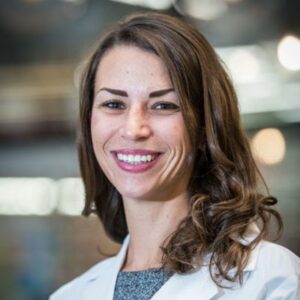
Renee Marinelli, MD
Dr. Marinelli has practiced family medicine, served on the University of California Admissions Committee, and has helped hundreds of students get into medical school. She spearheads a team of physician advisors who guide MedSchoolCoach students.
